Day 70 - The Tsunami That Didn’t Happen and The Apocalyptic Cement Landscape of Tsukumi Town, The Kyushu 108 Temple Pilgrimage, Japan
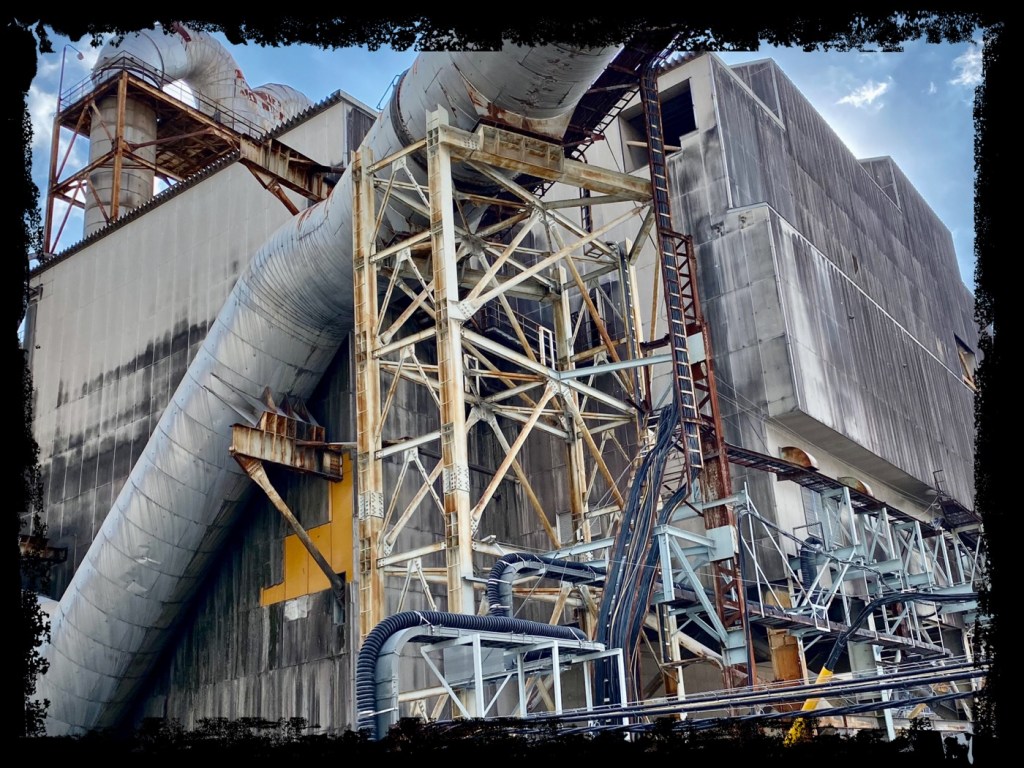
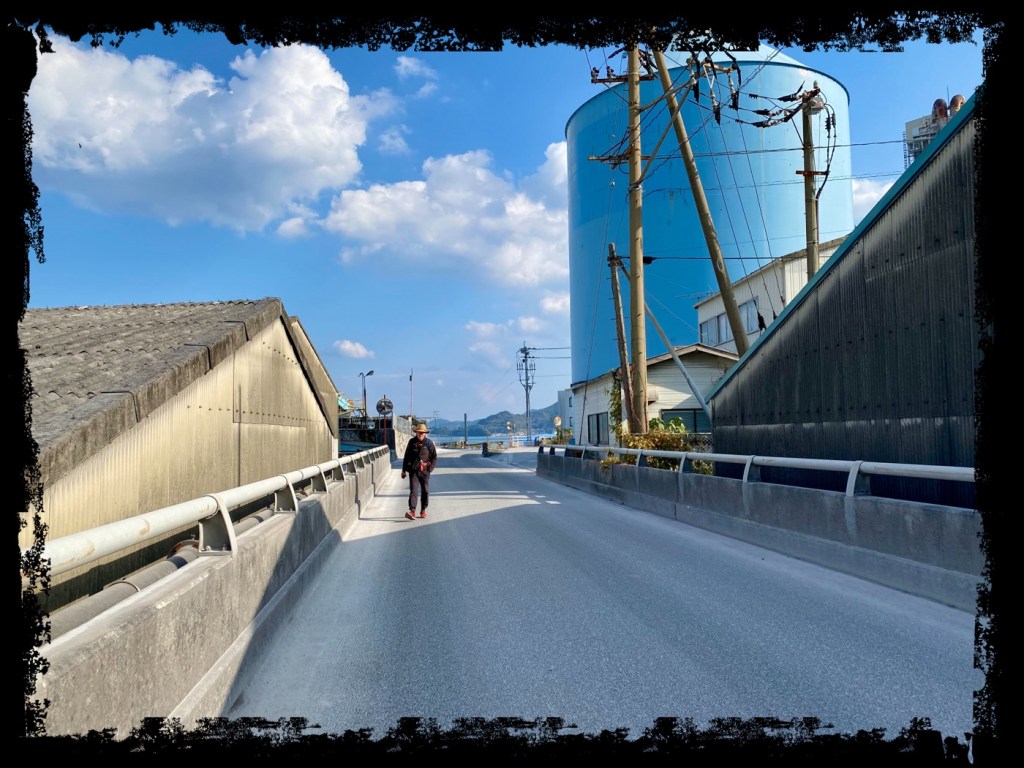
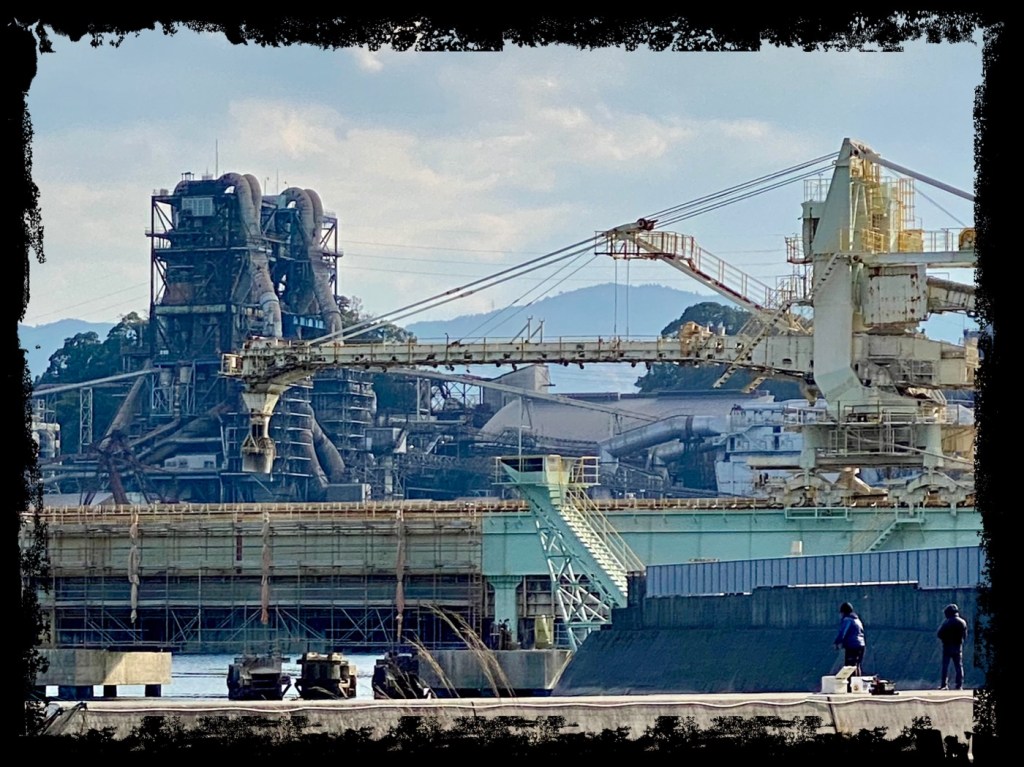
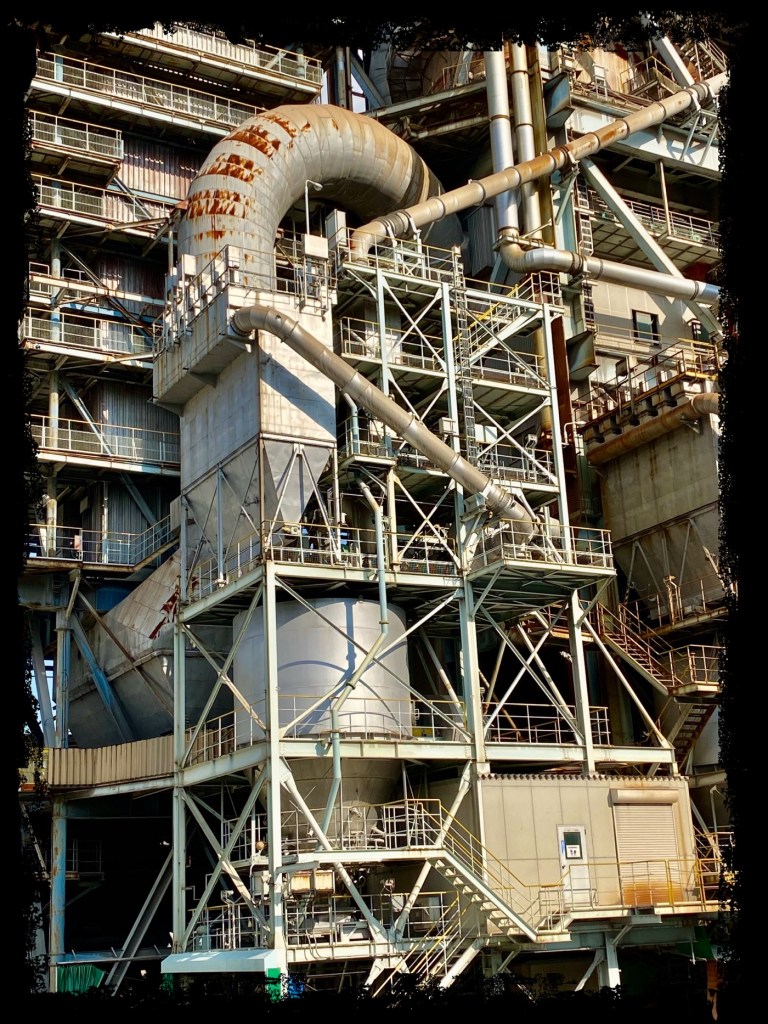
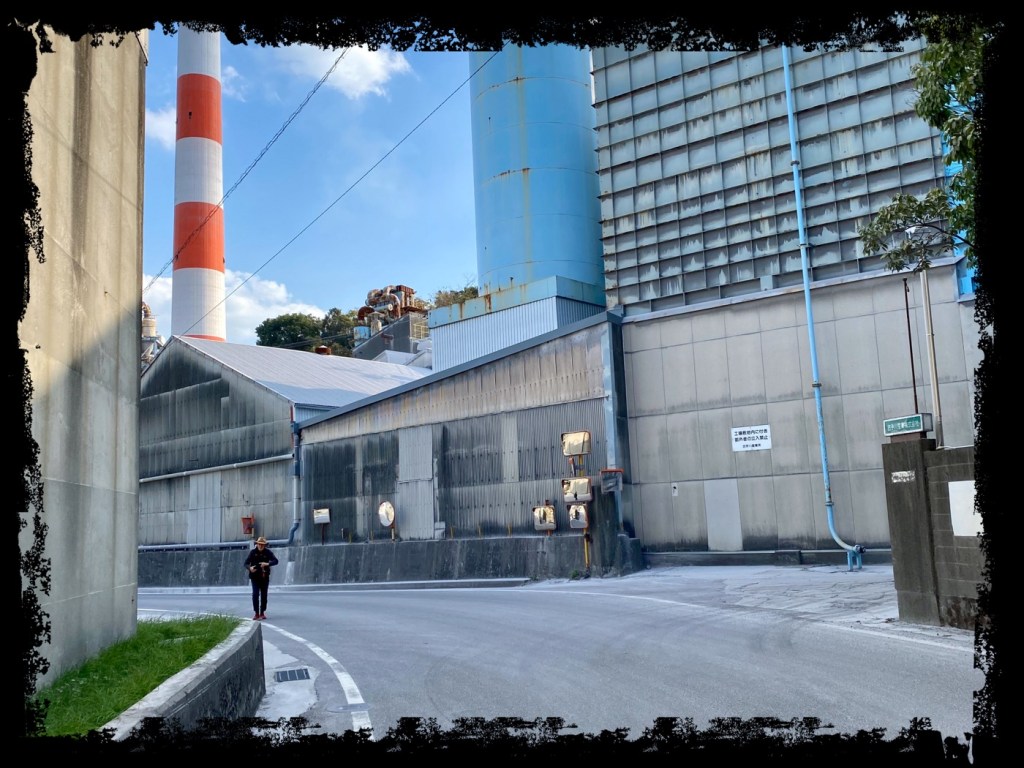
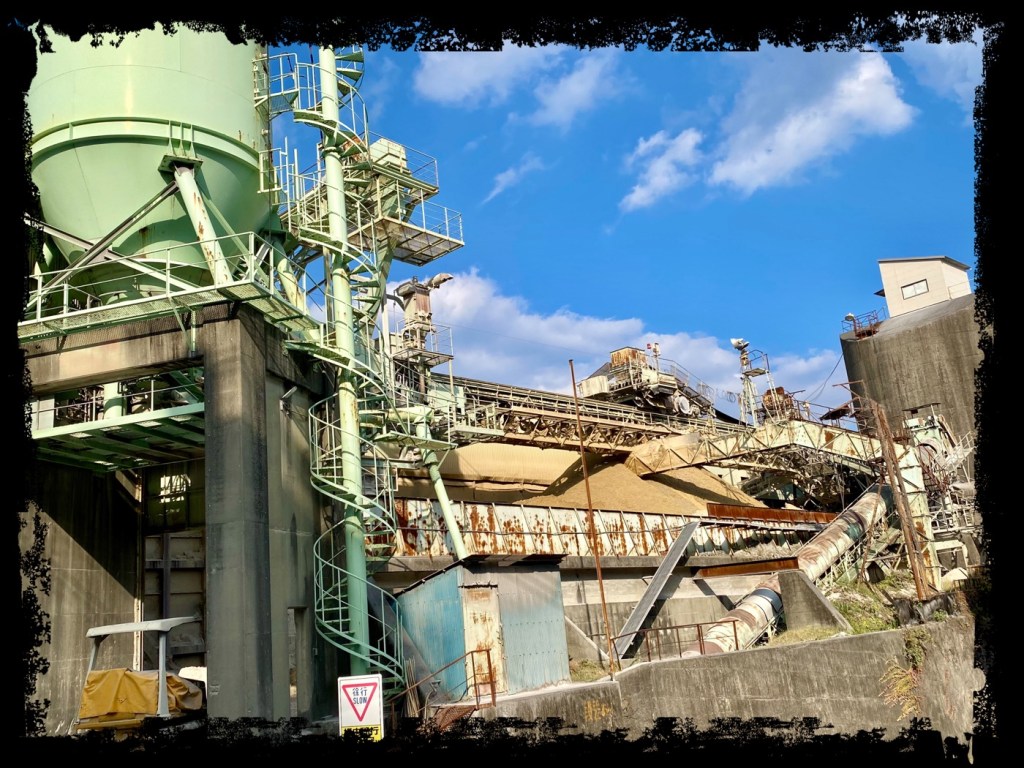
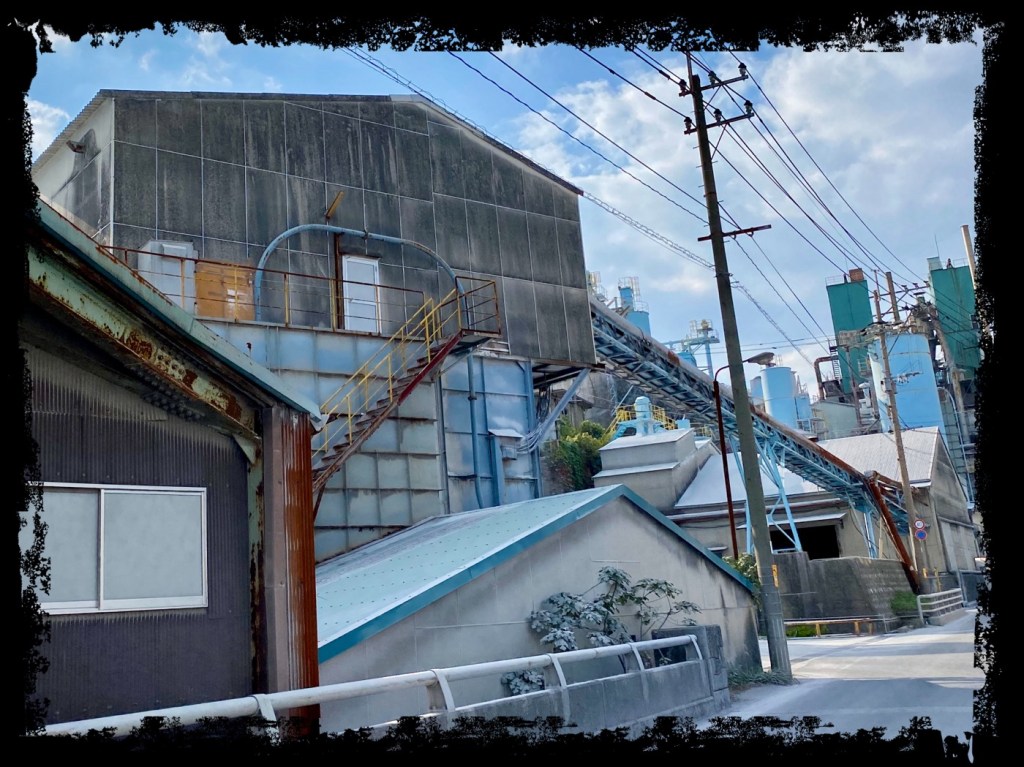
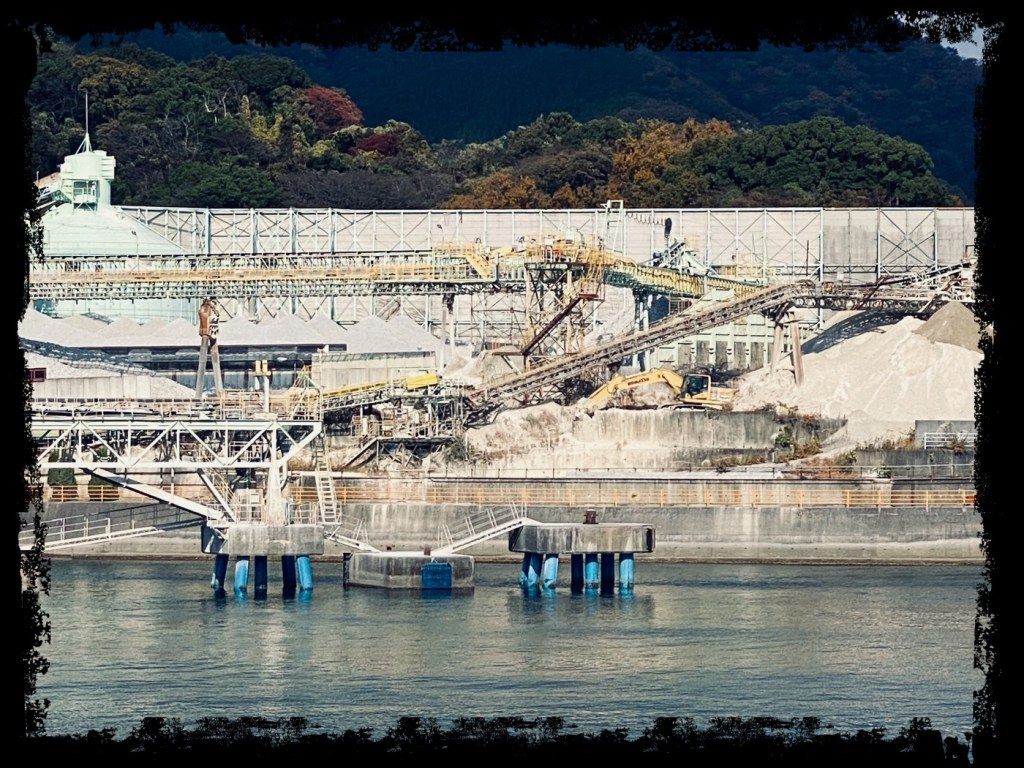

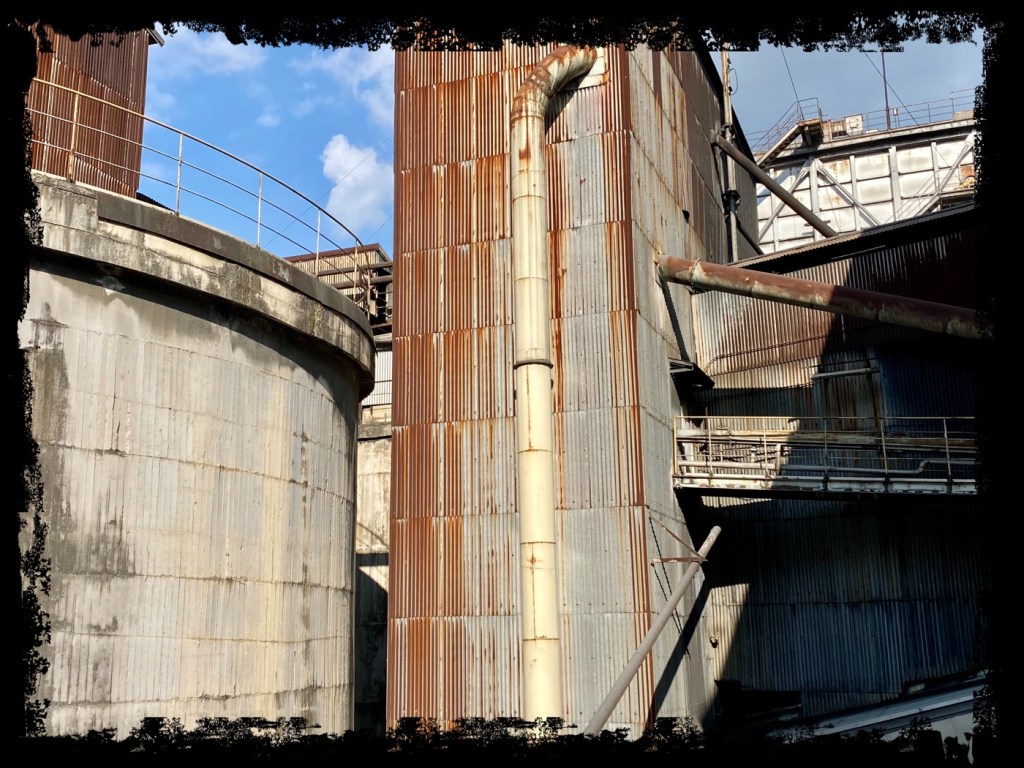
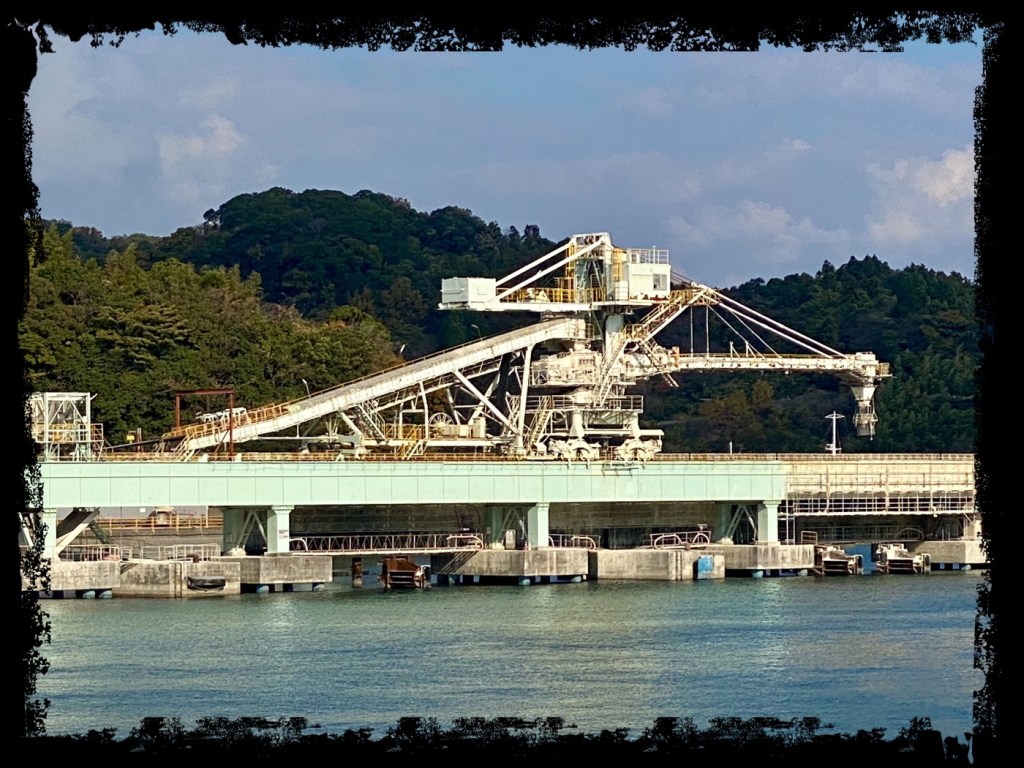
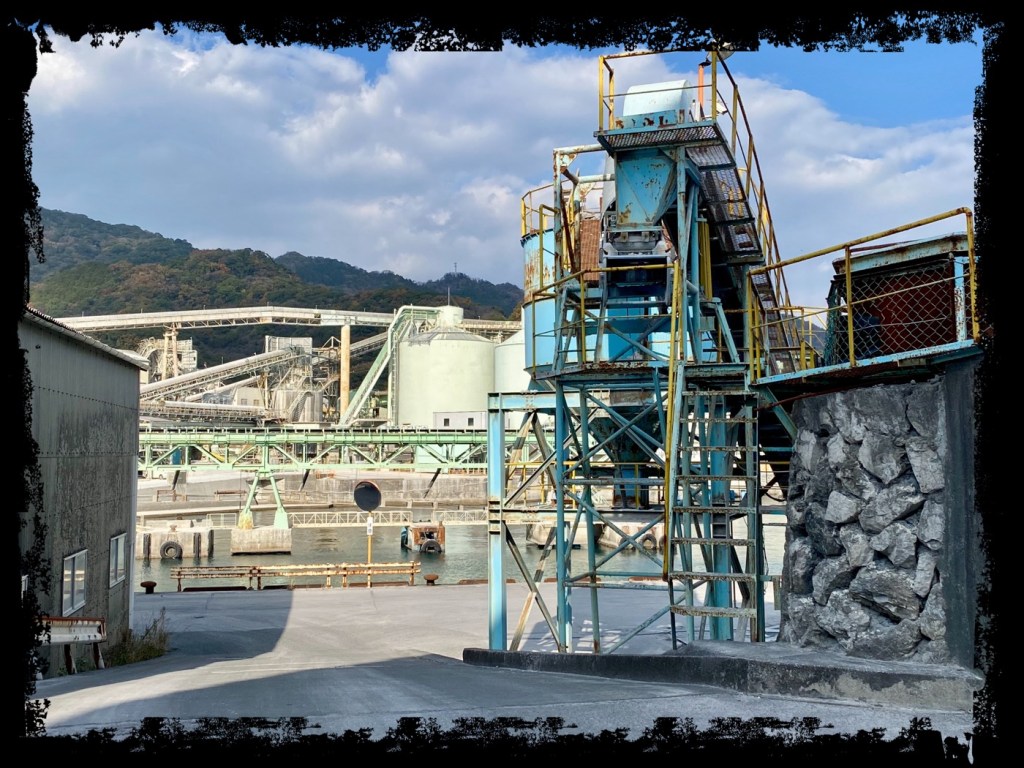
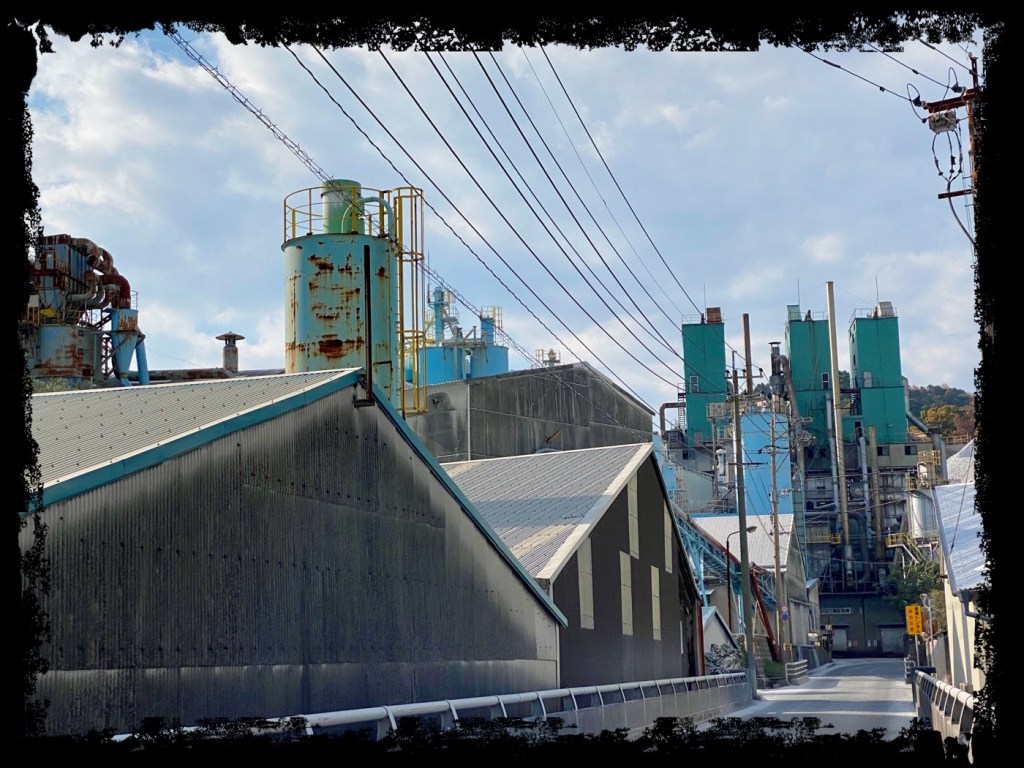
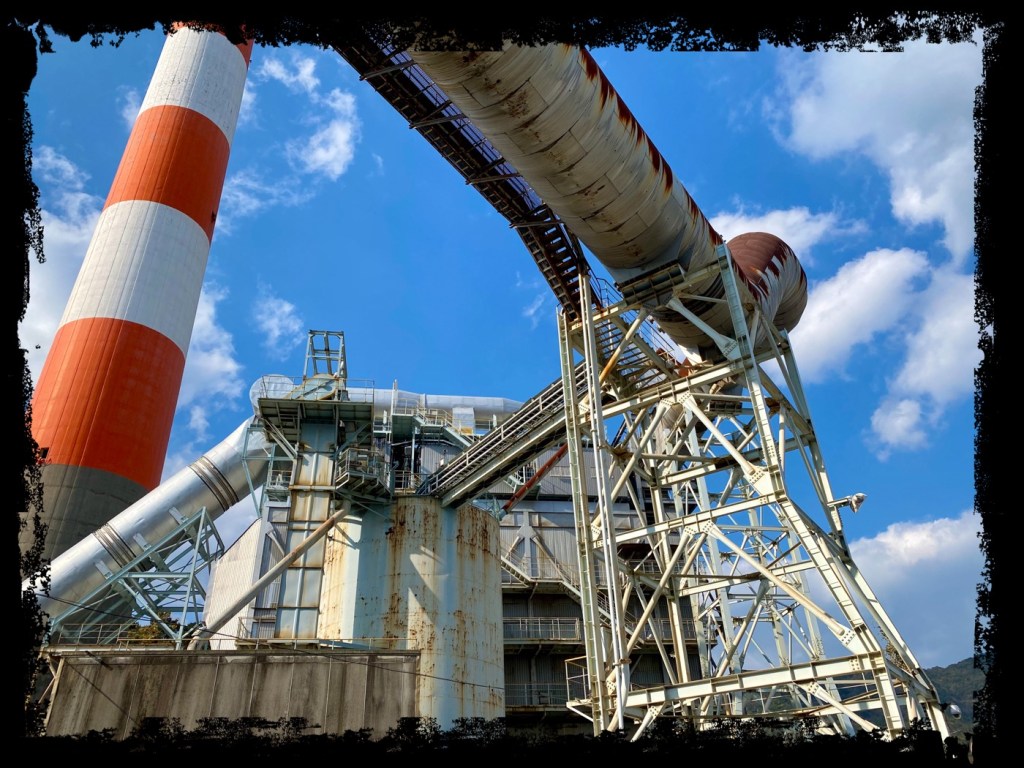
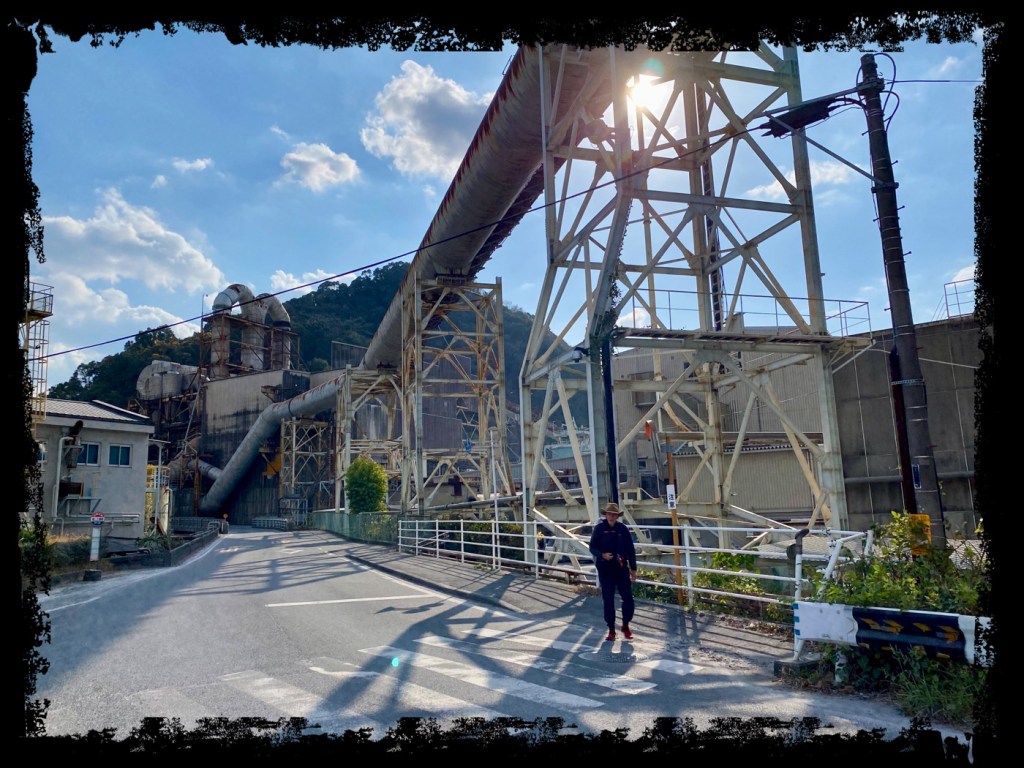
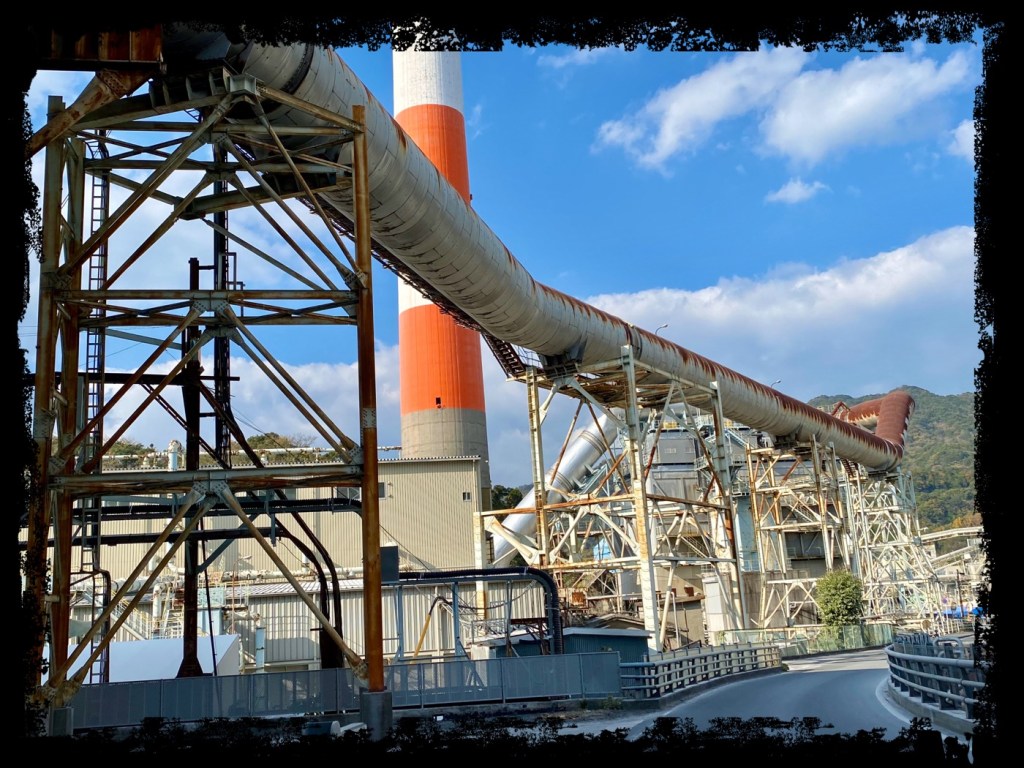
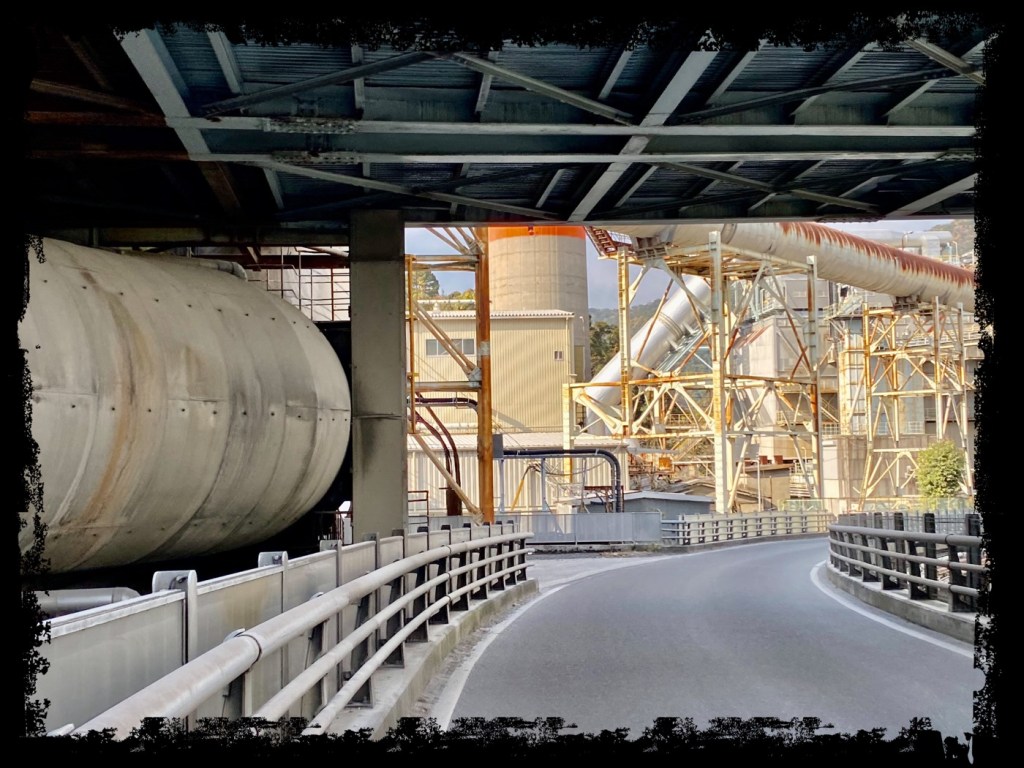

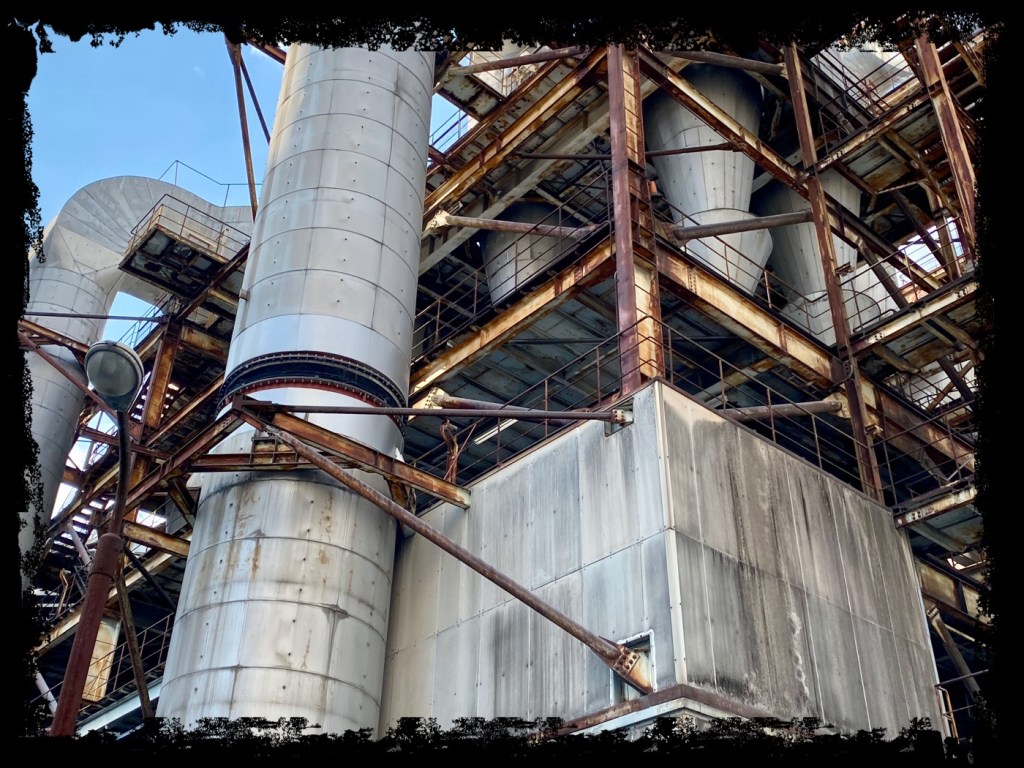
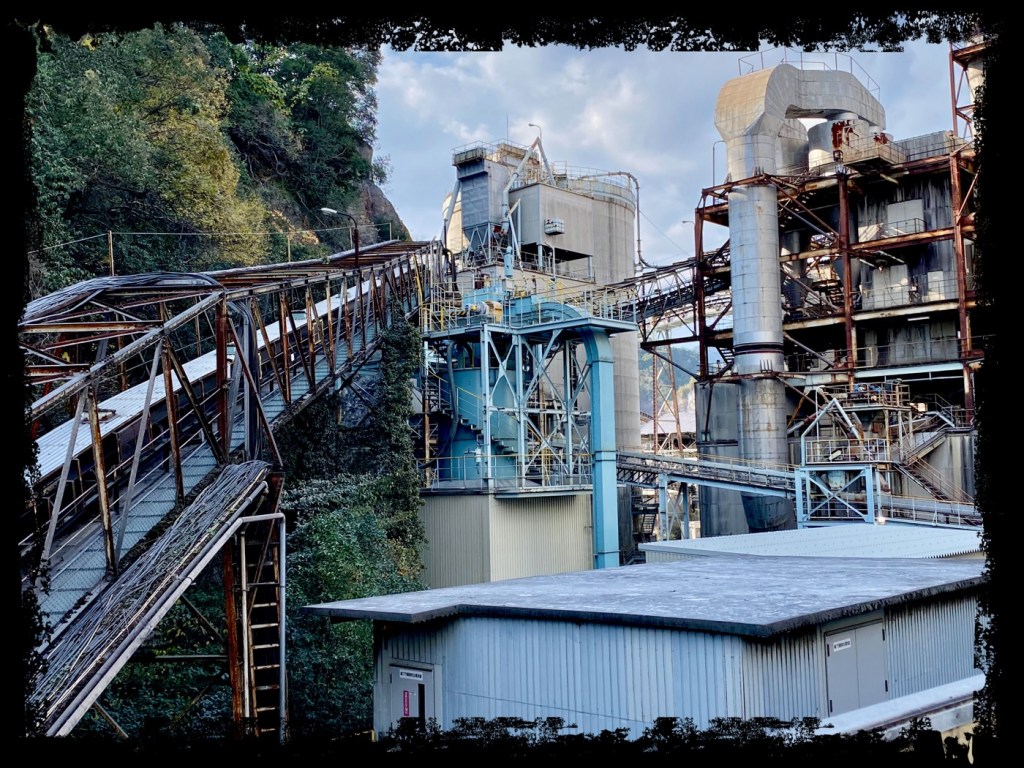
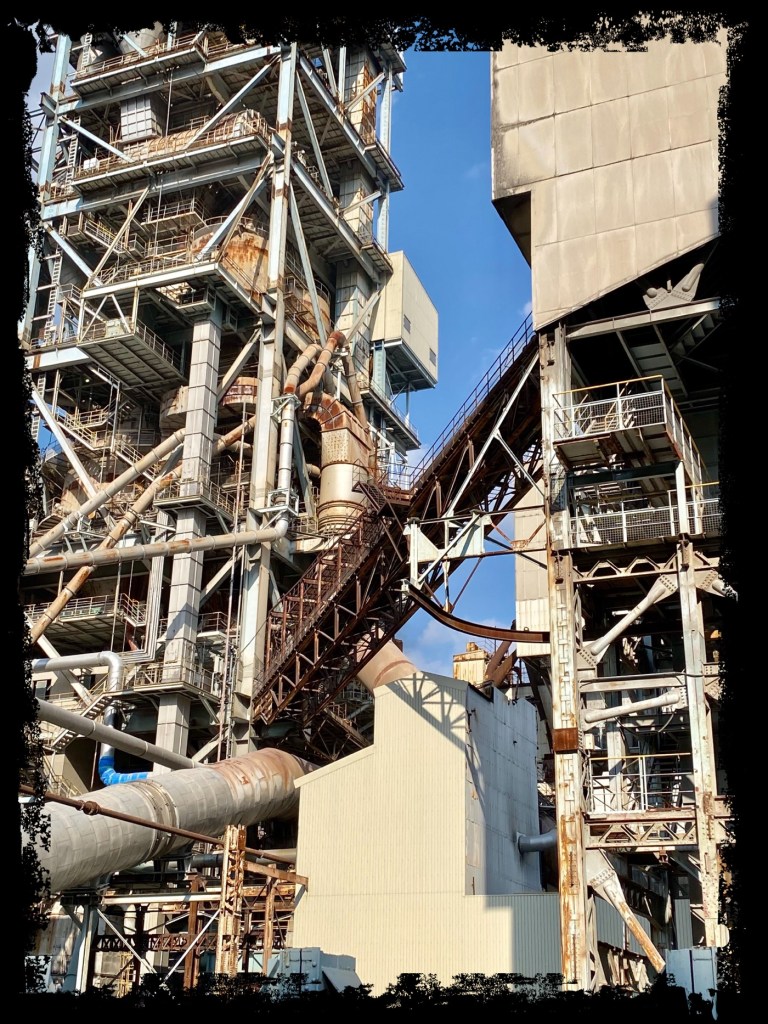
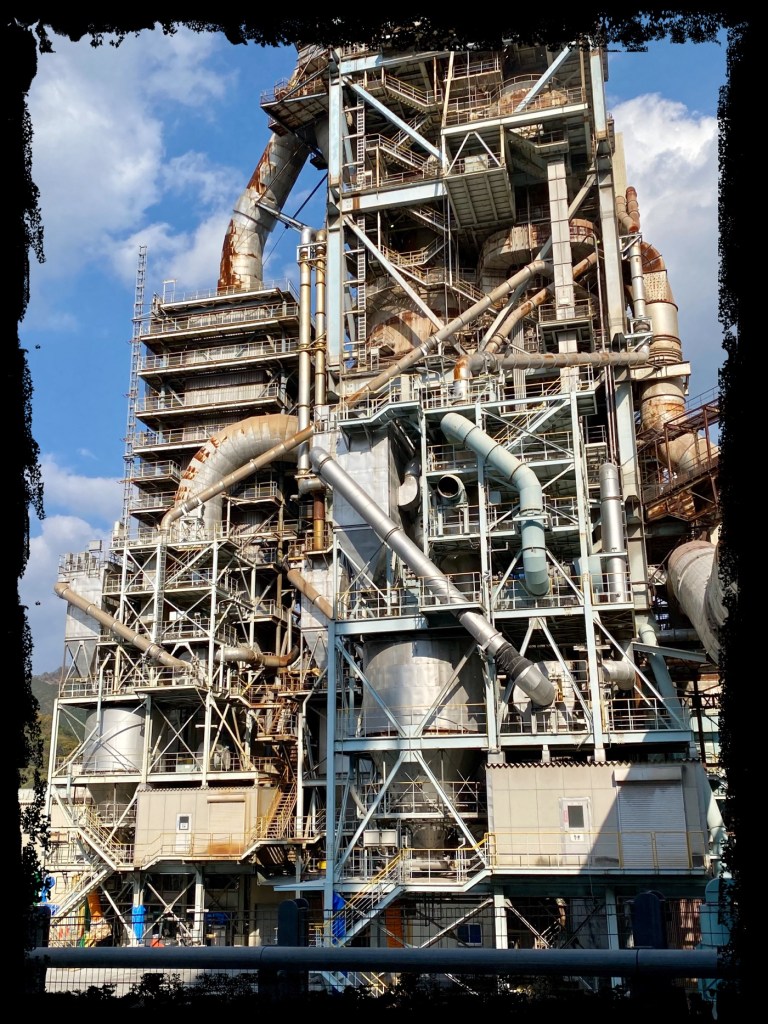
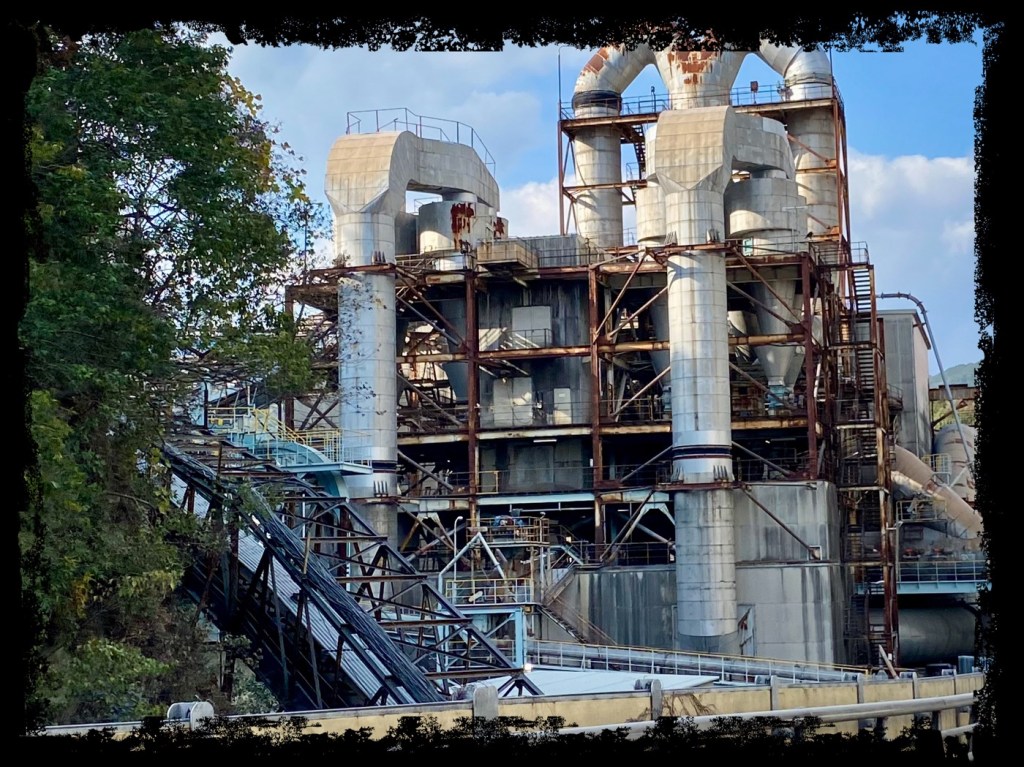
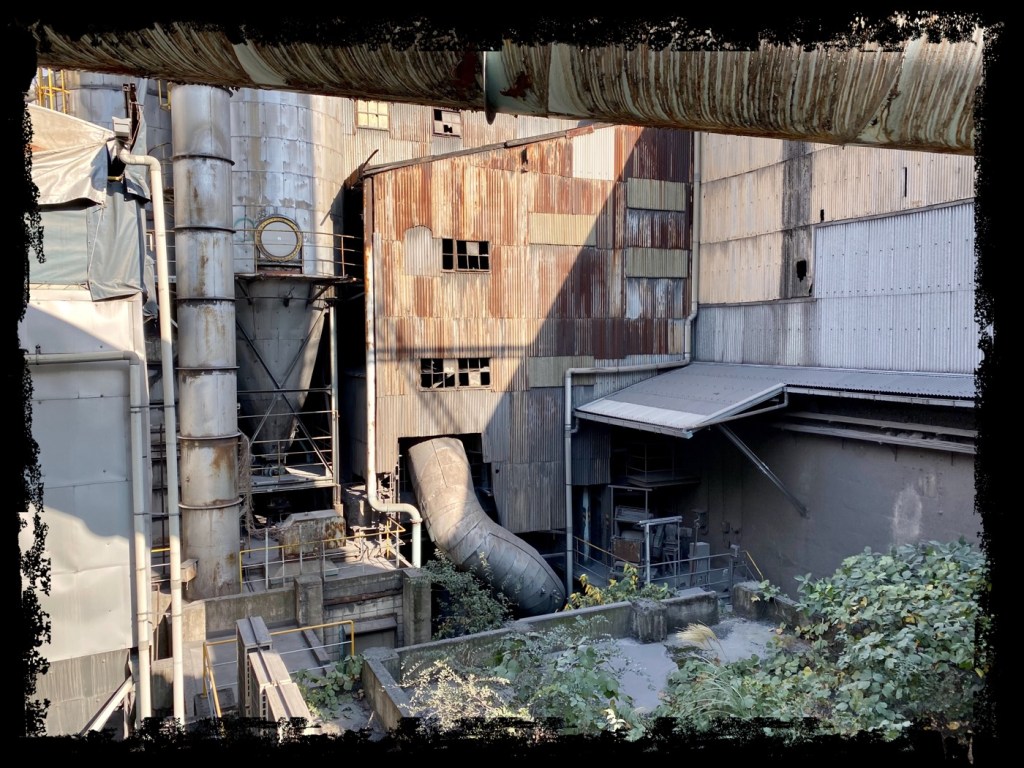

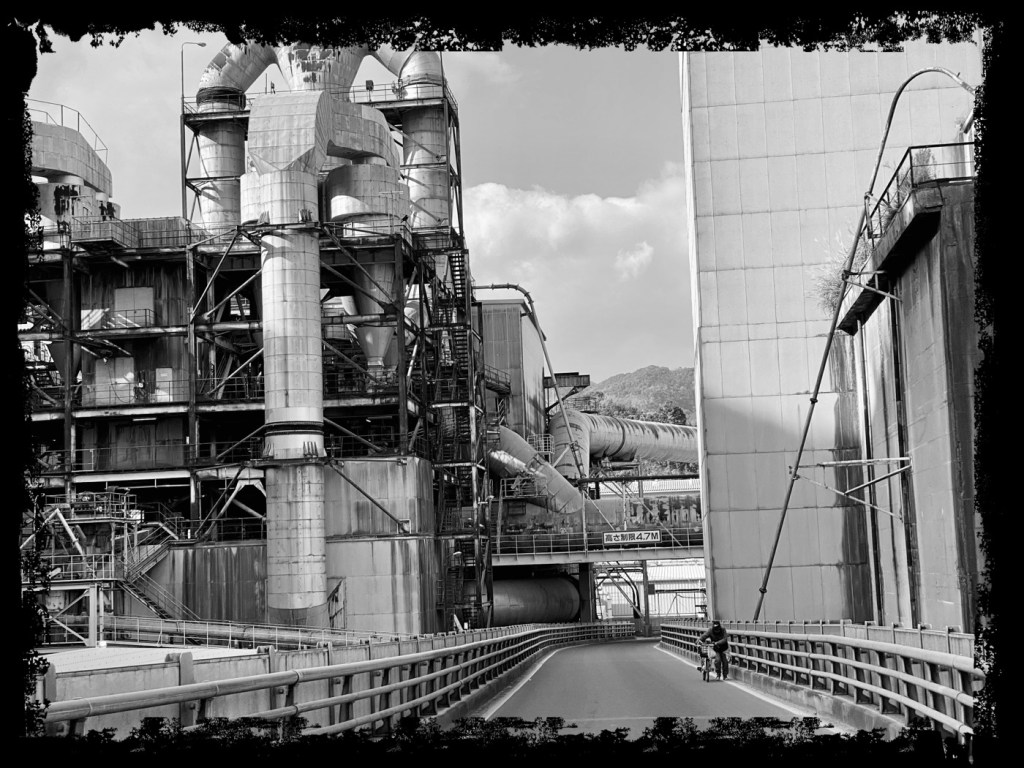
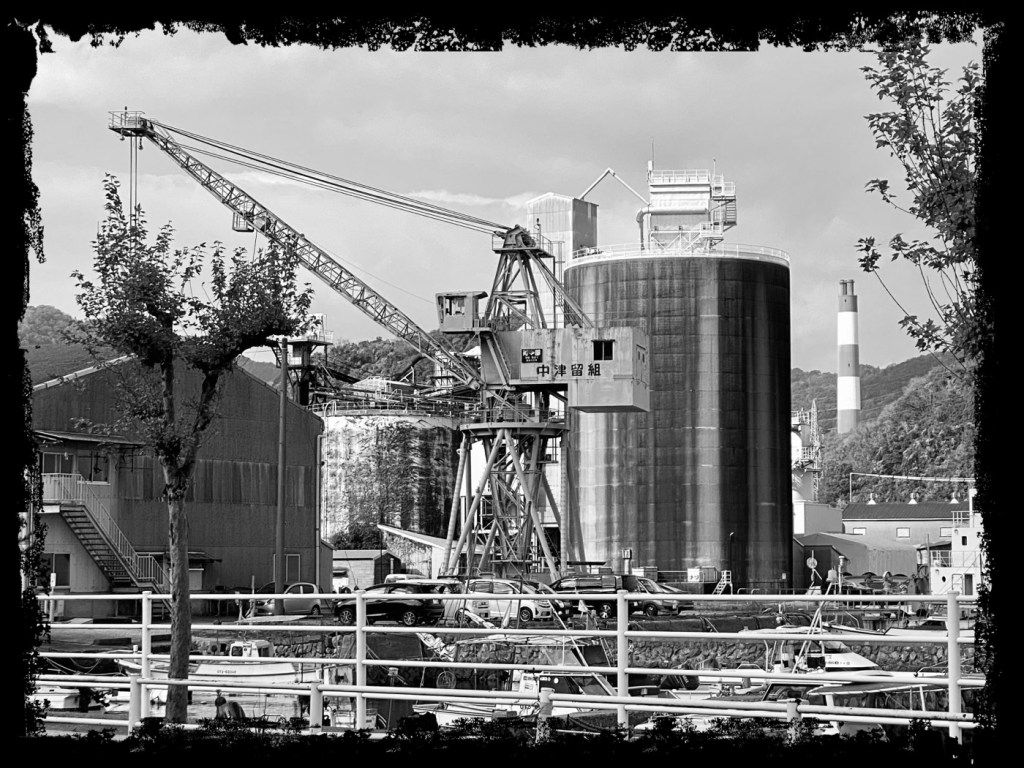

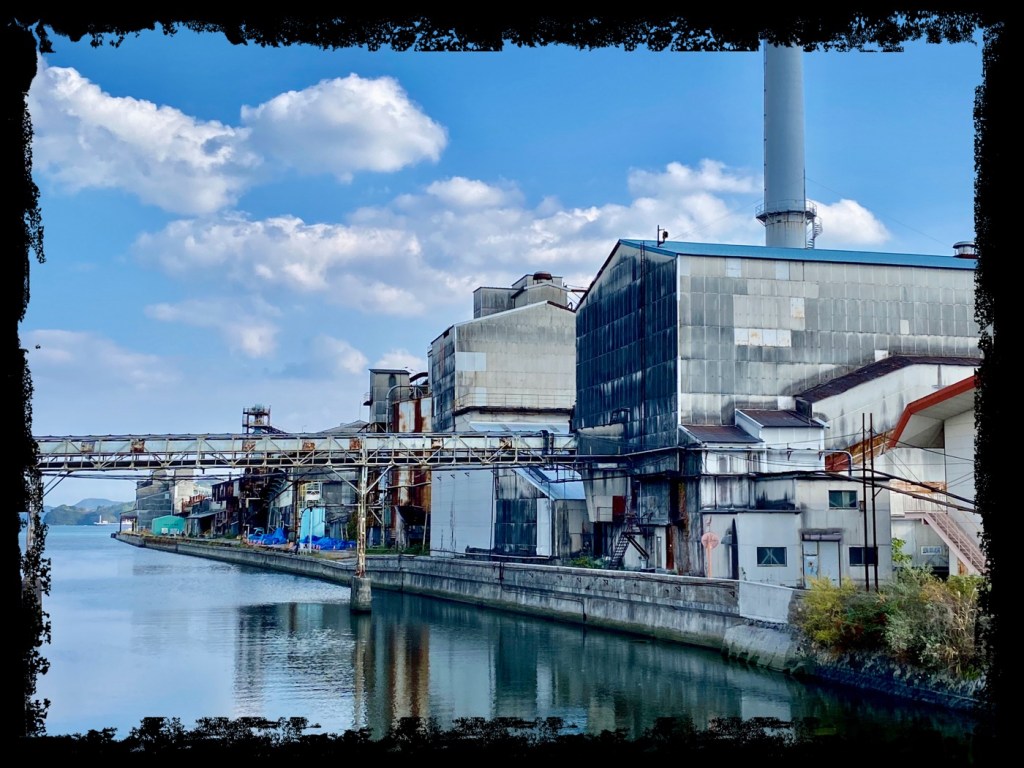
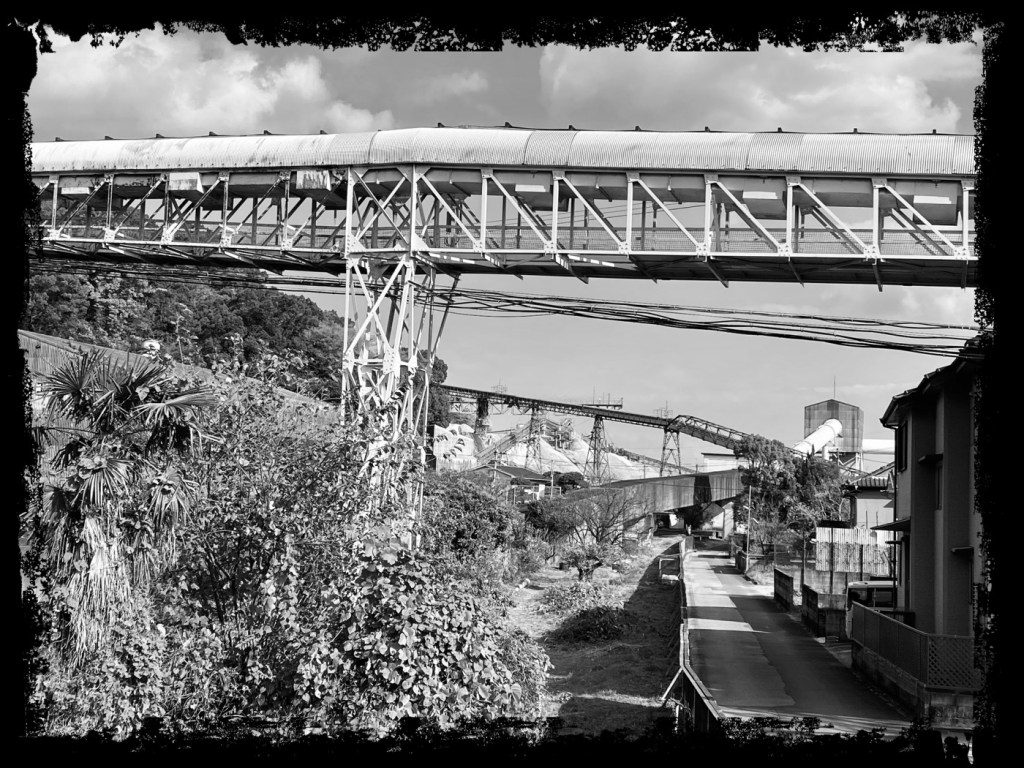
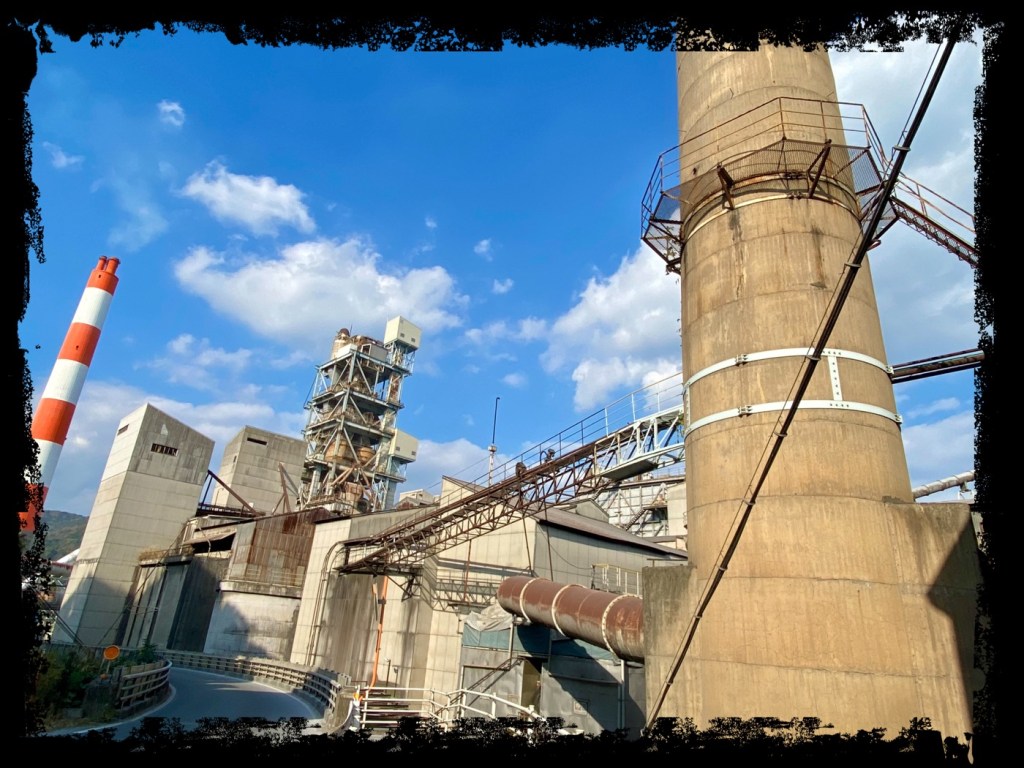

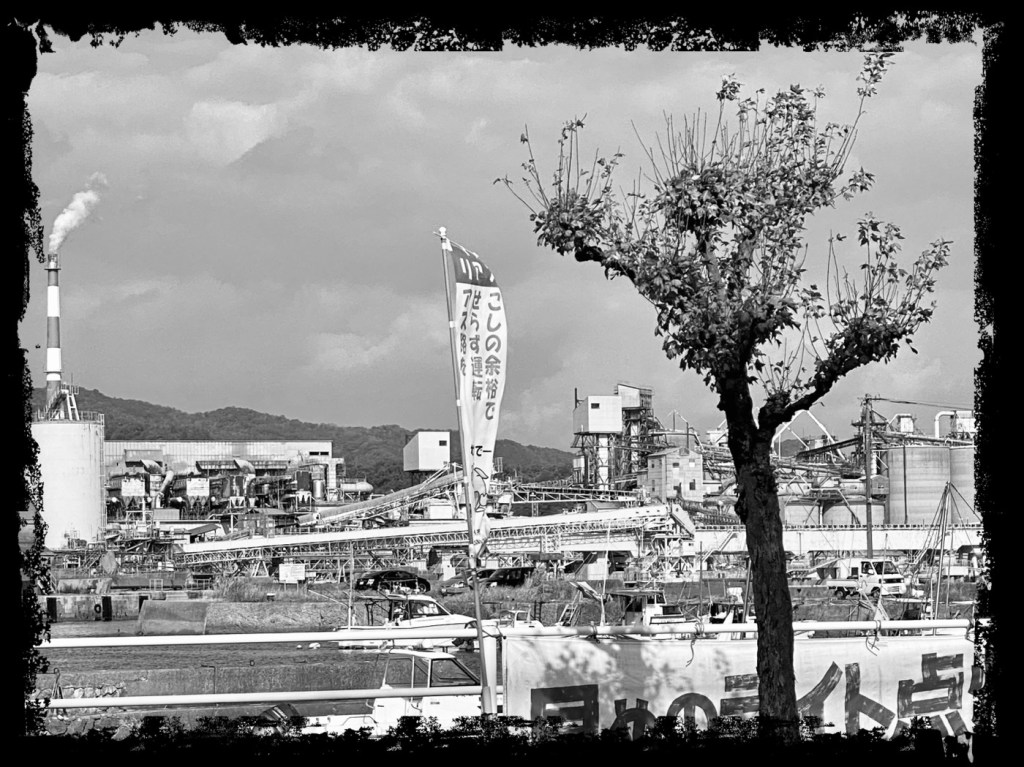
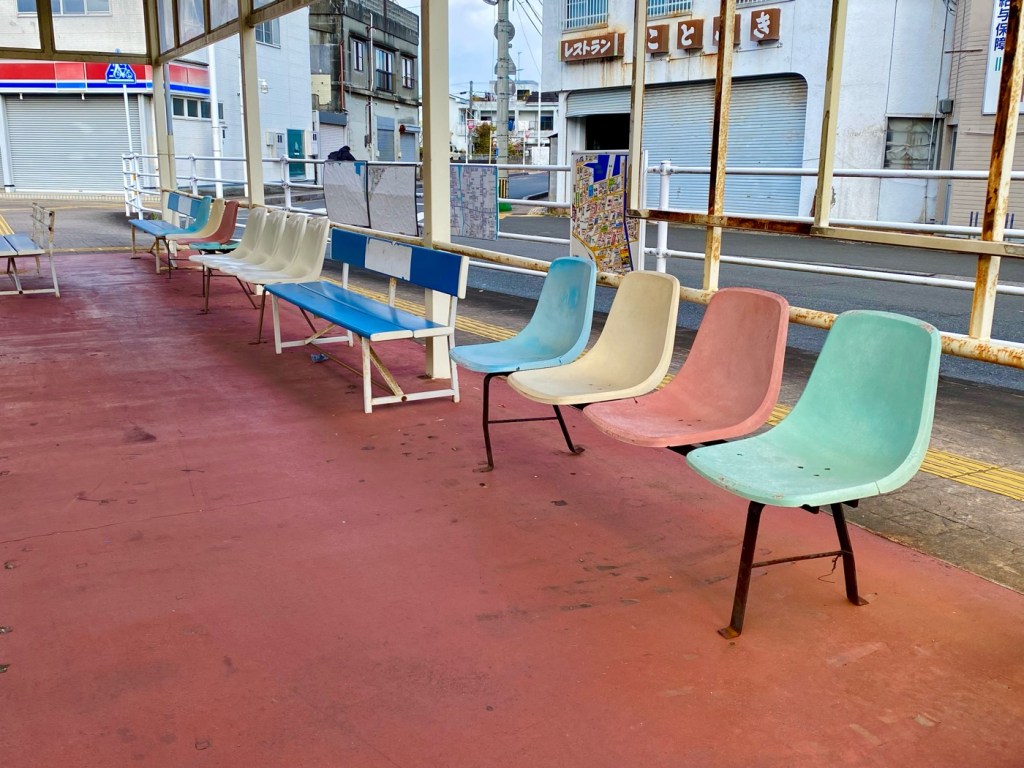
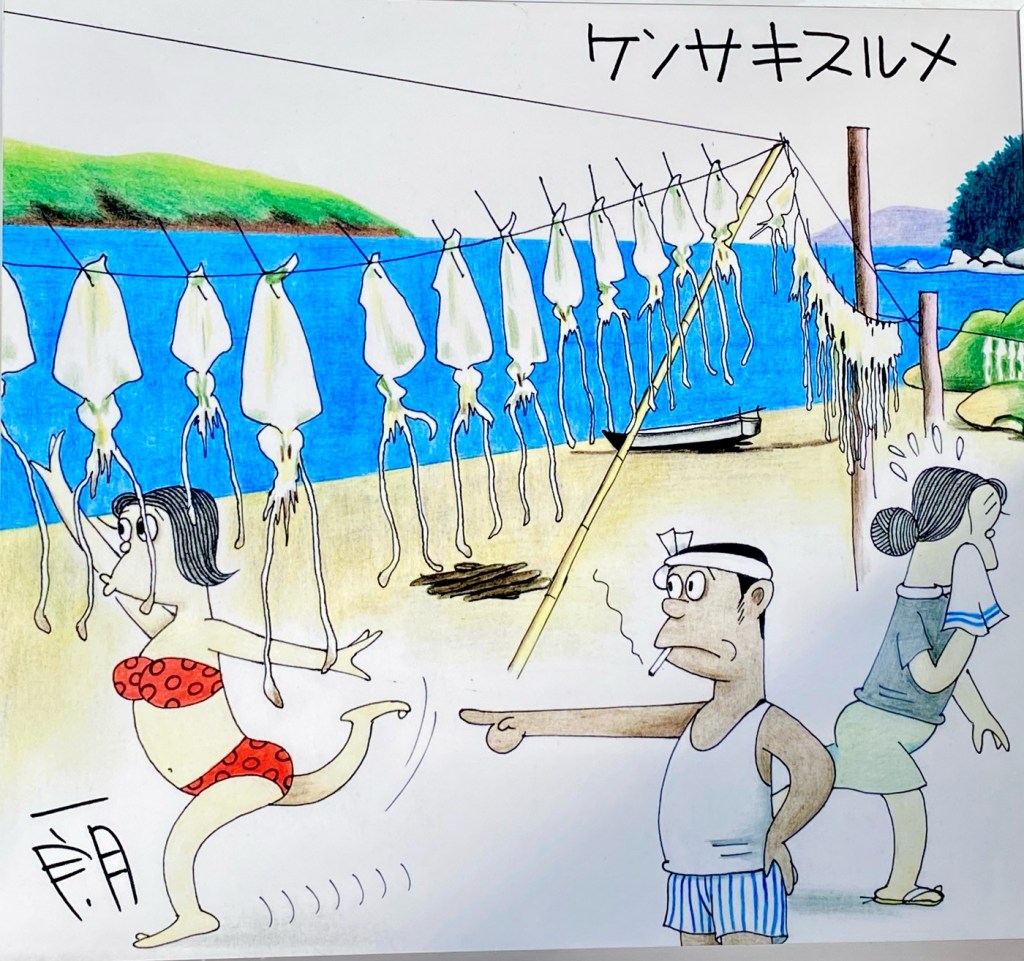
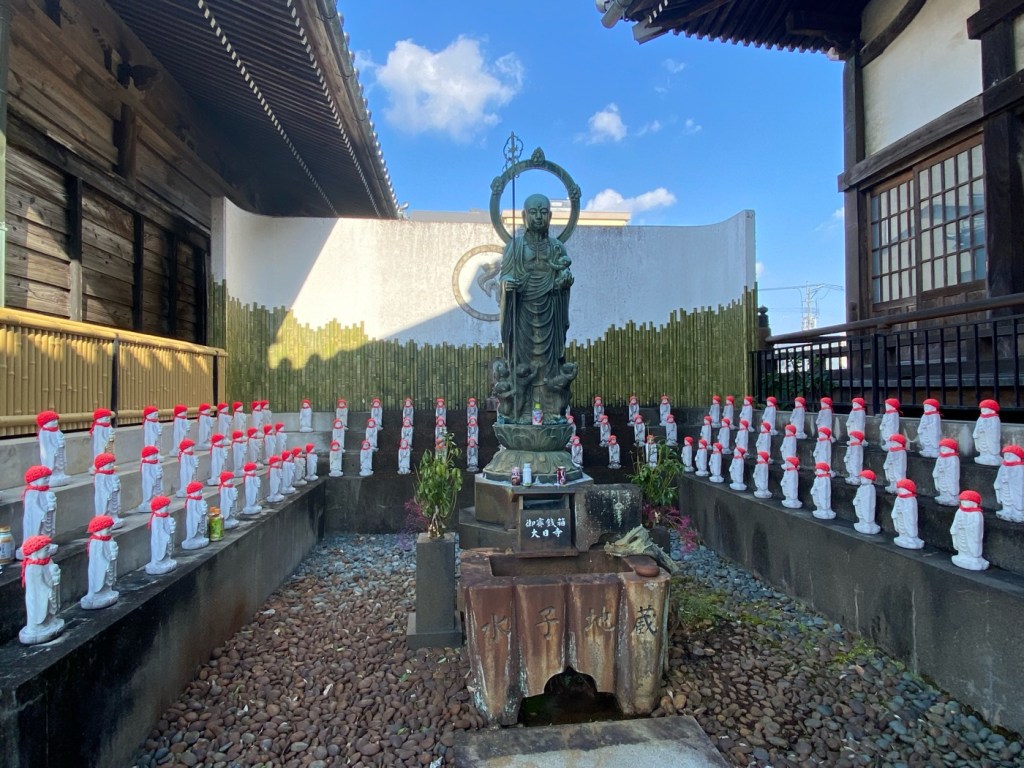
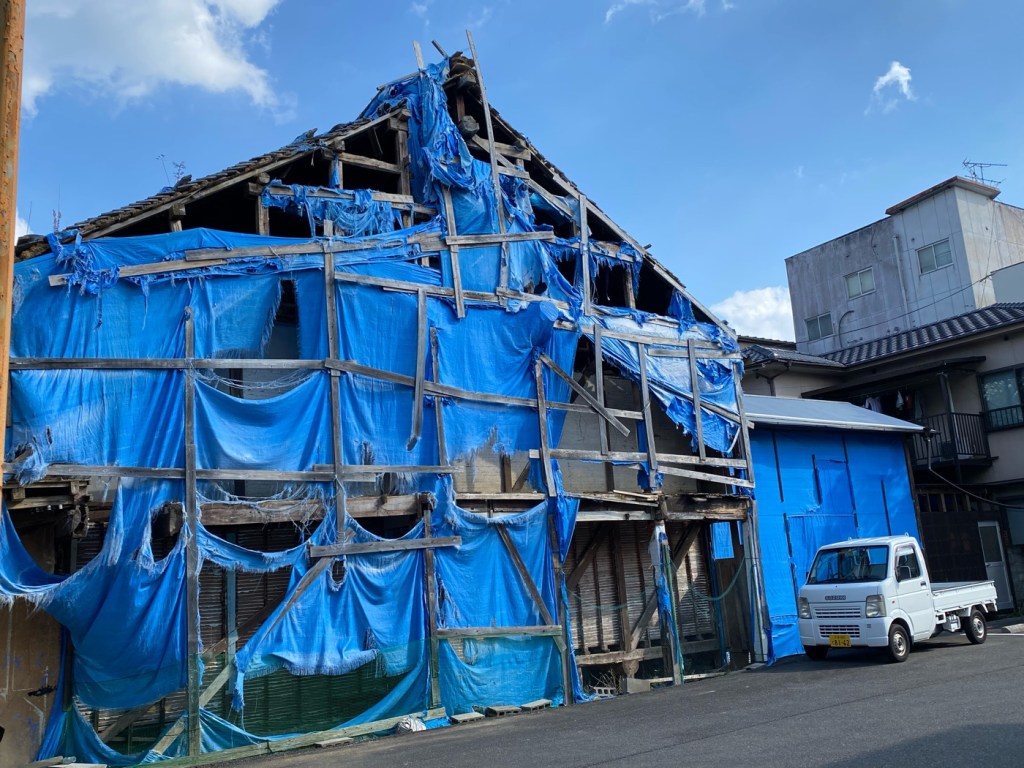
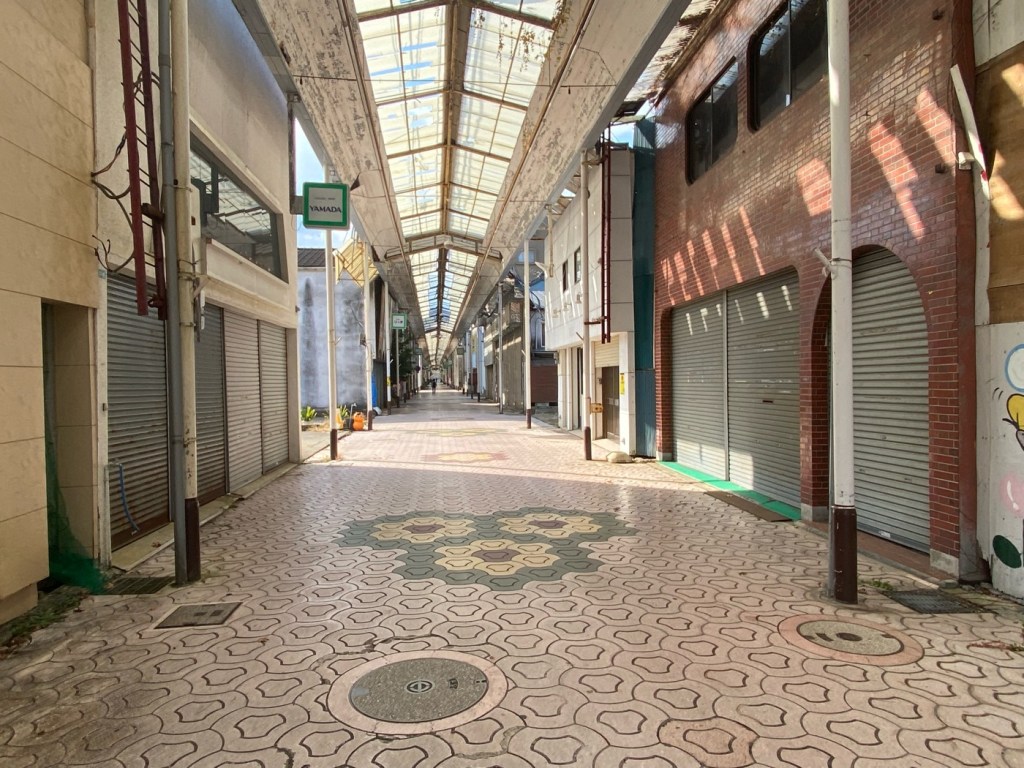
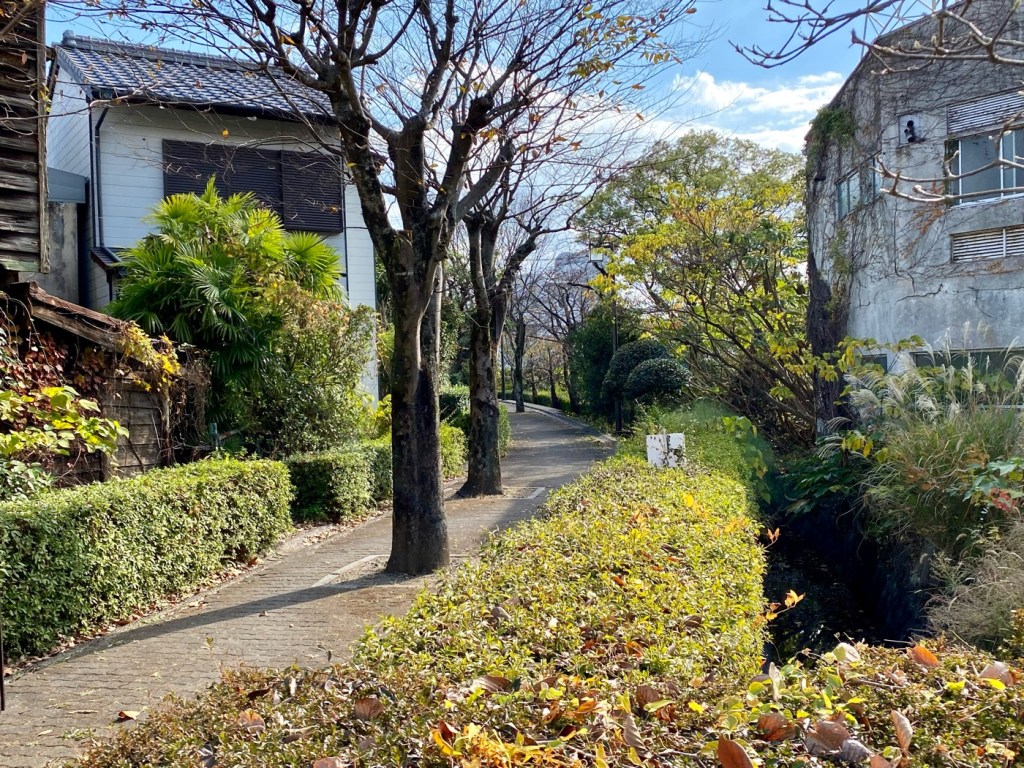
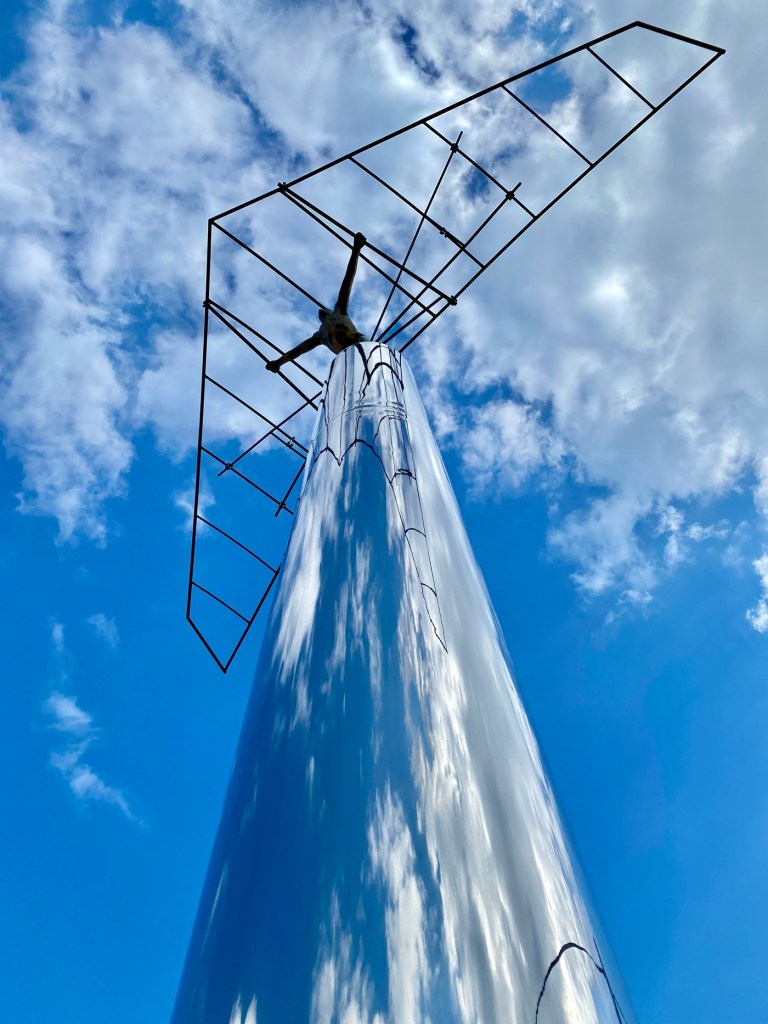

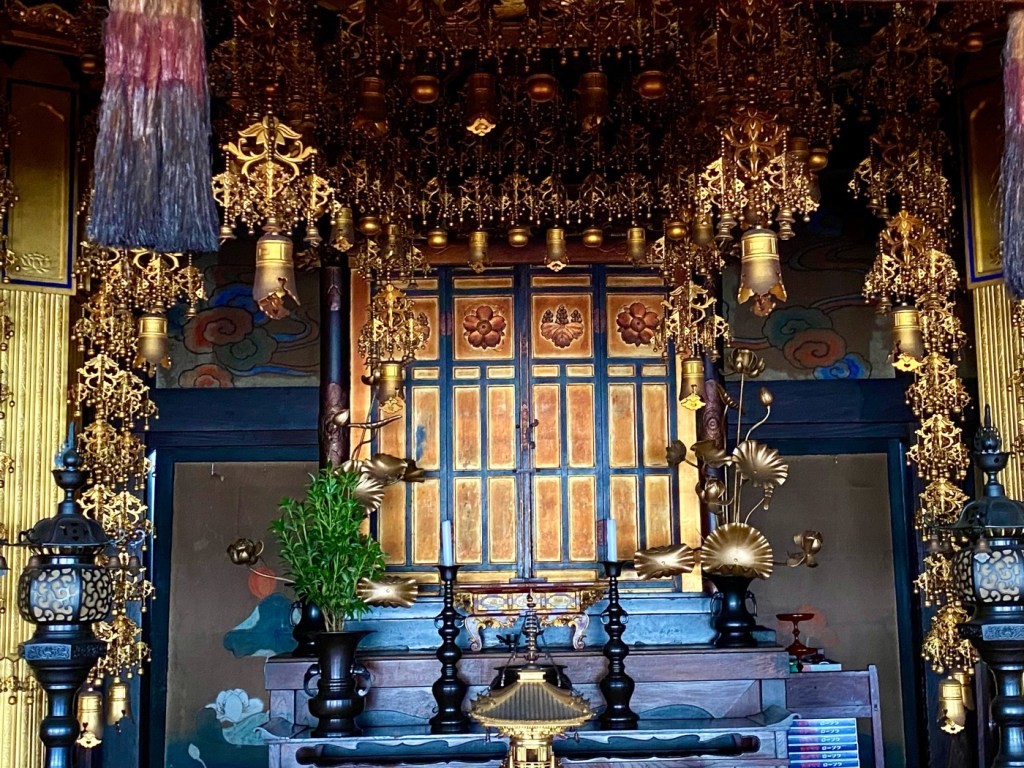
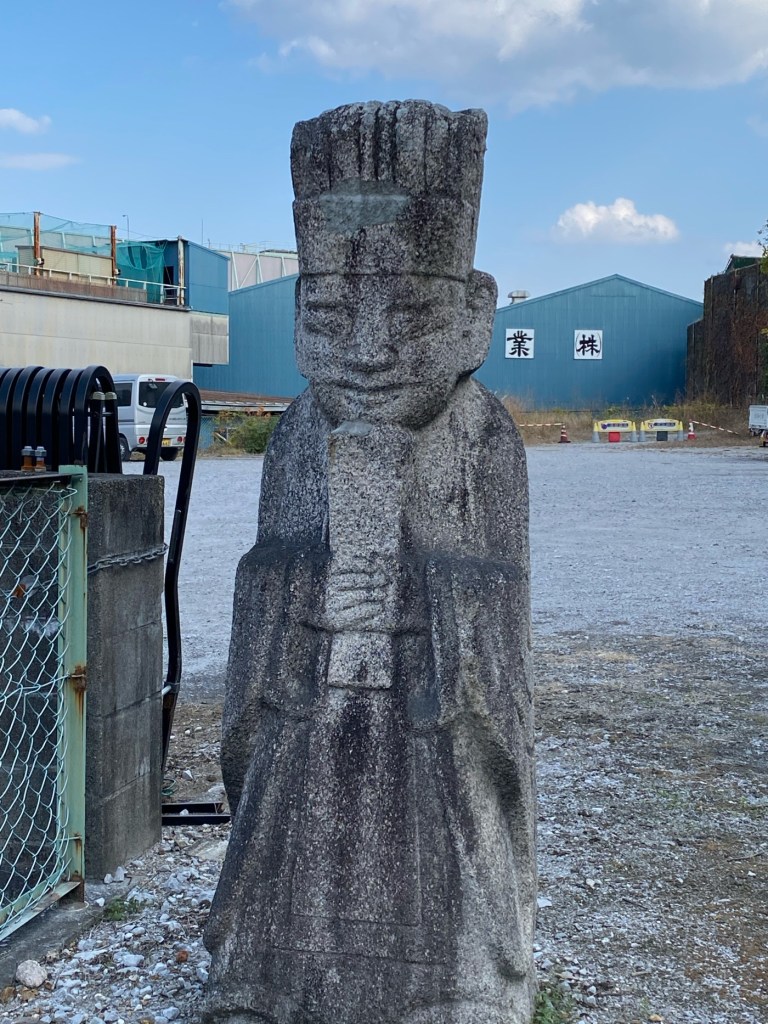
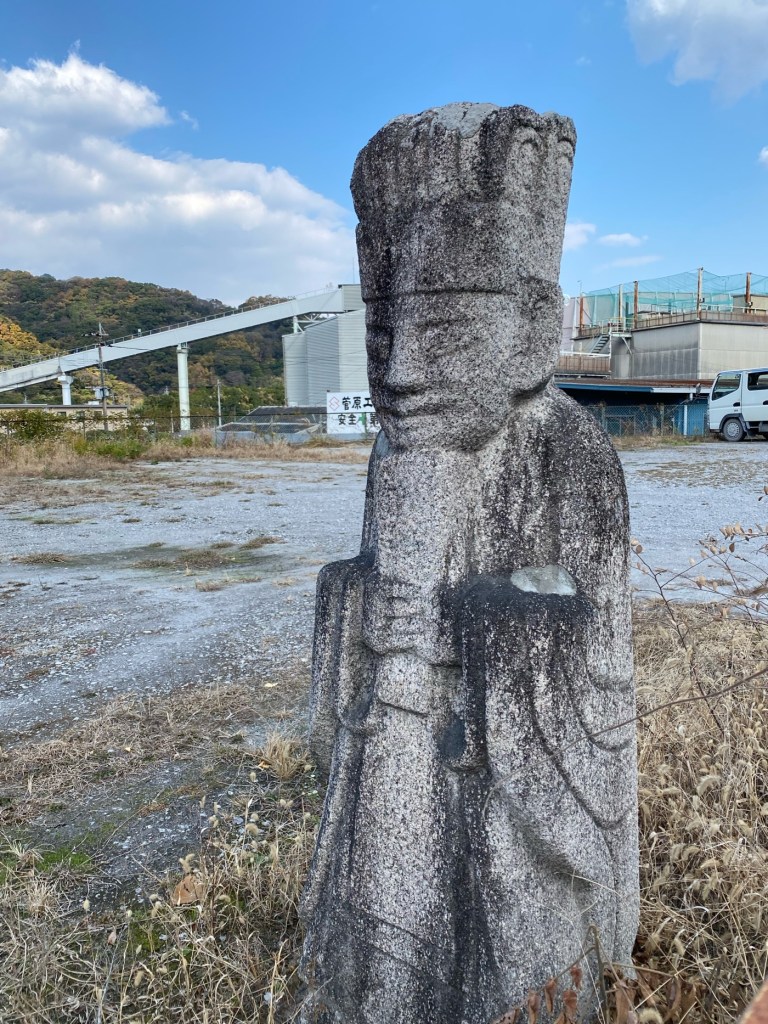
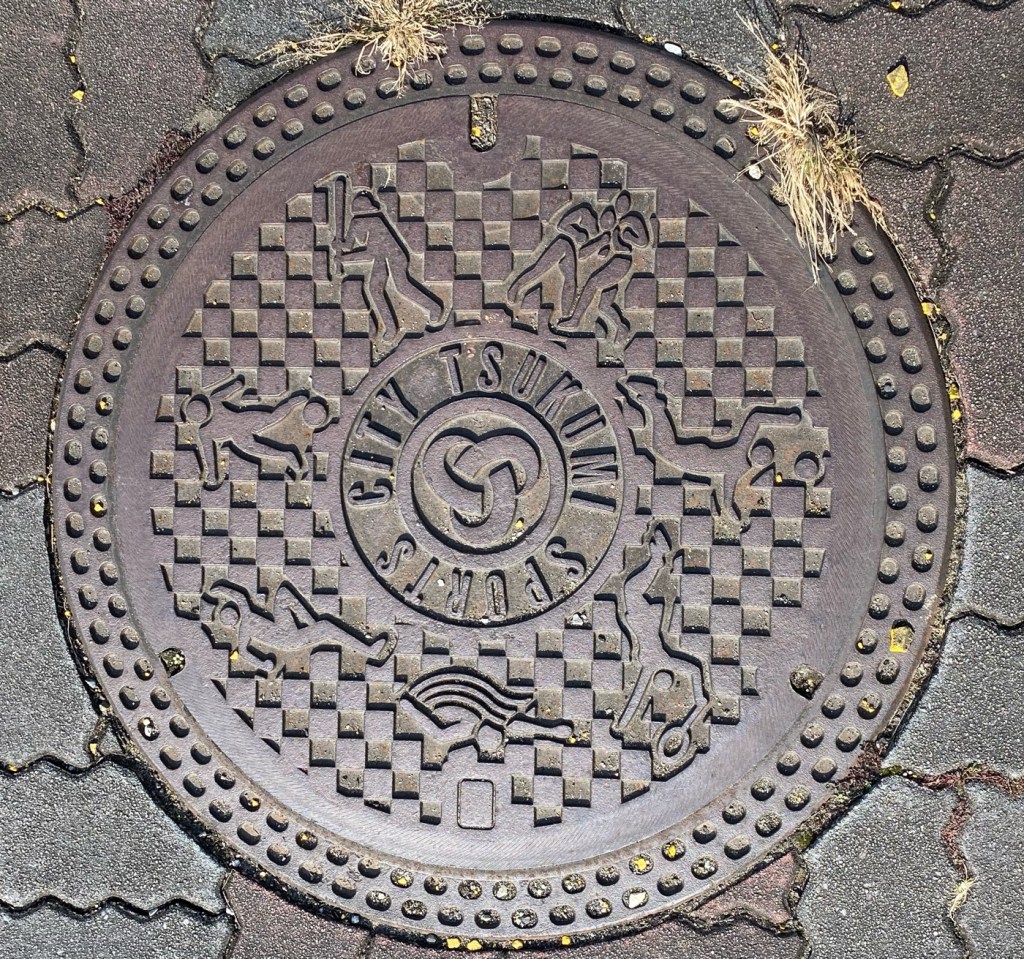
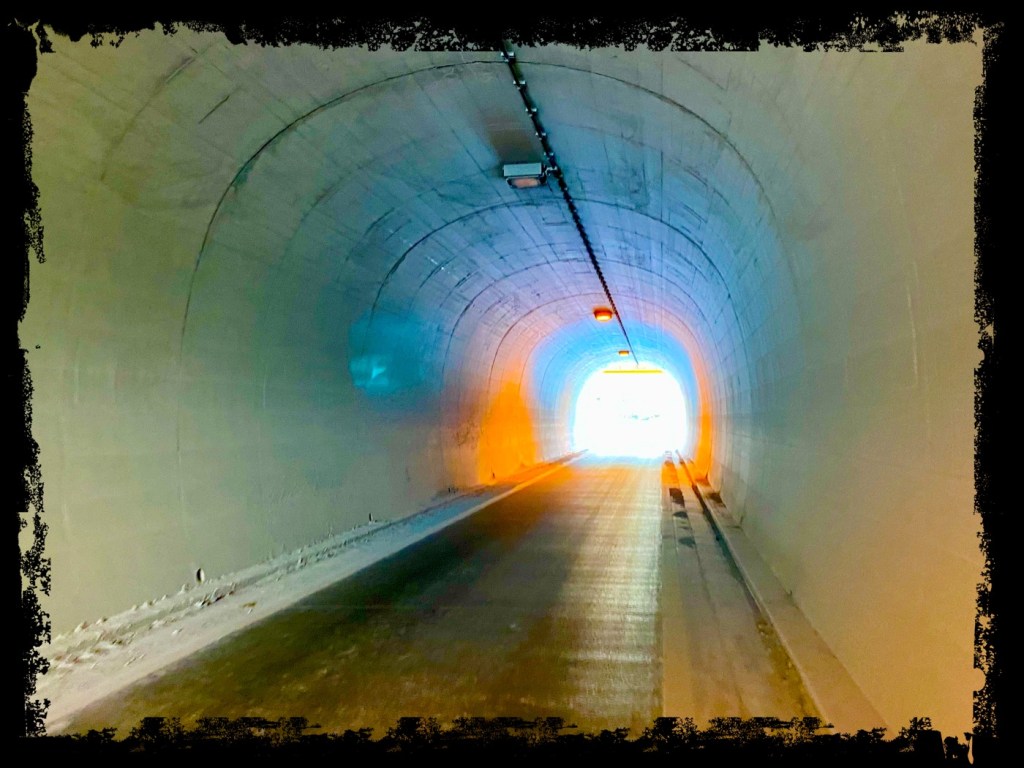
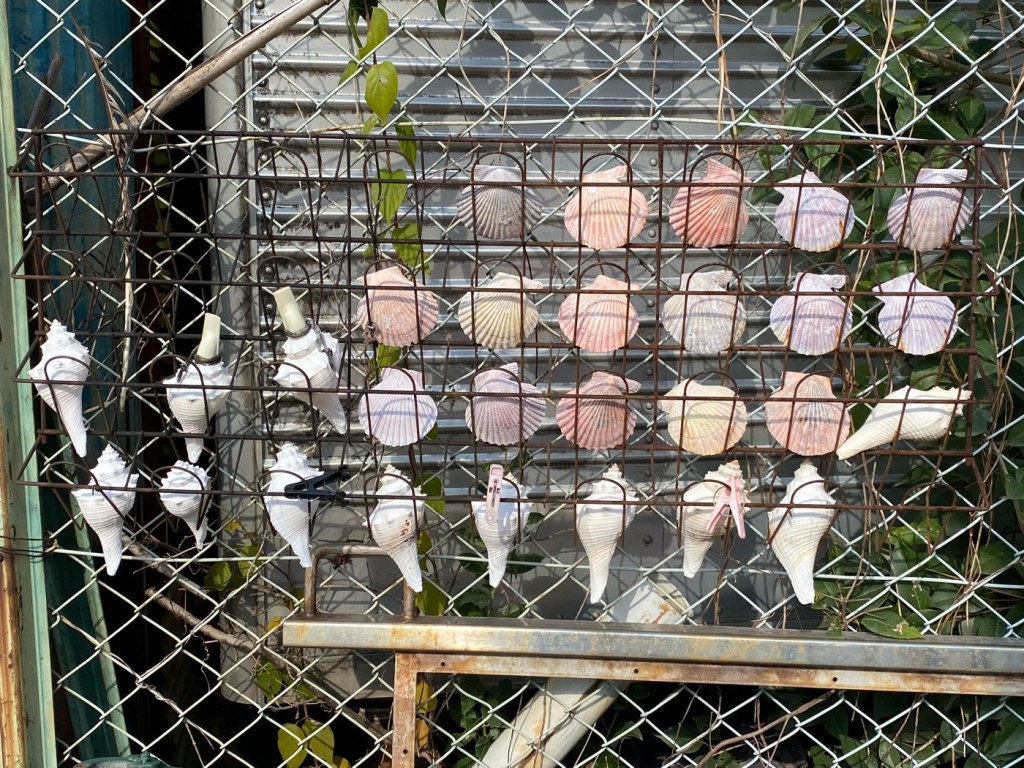
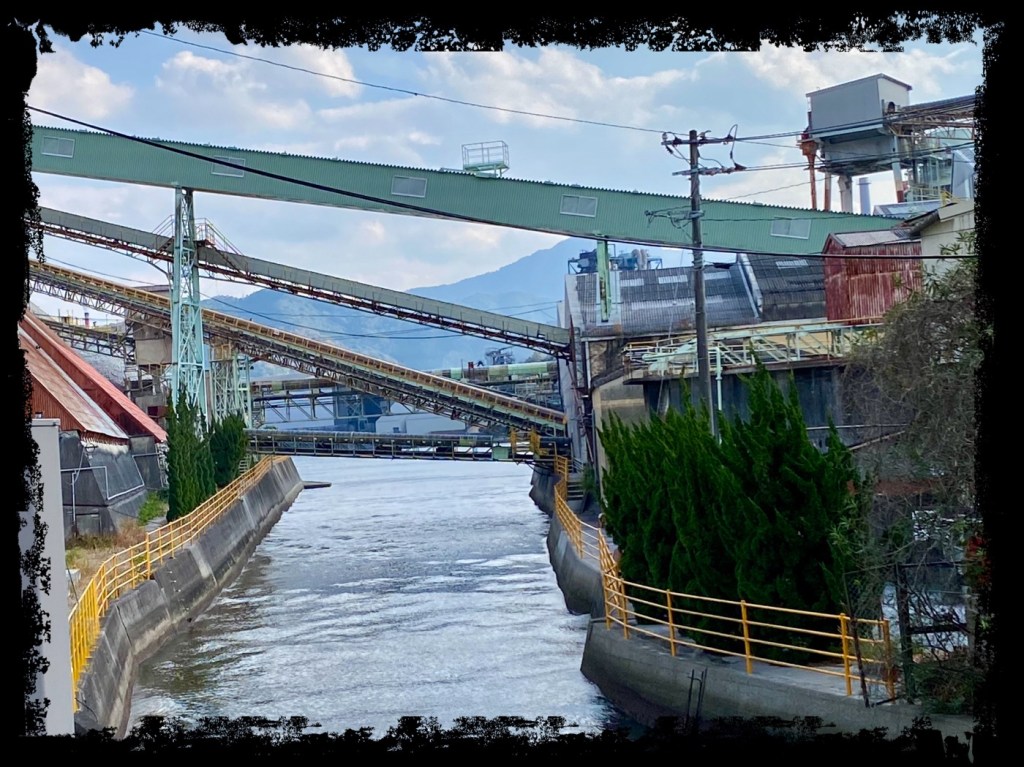
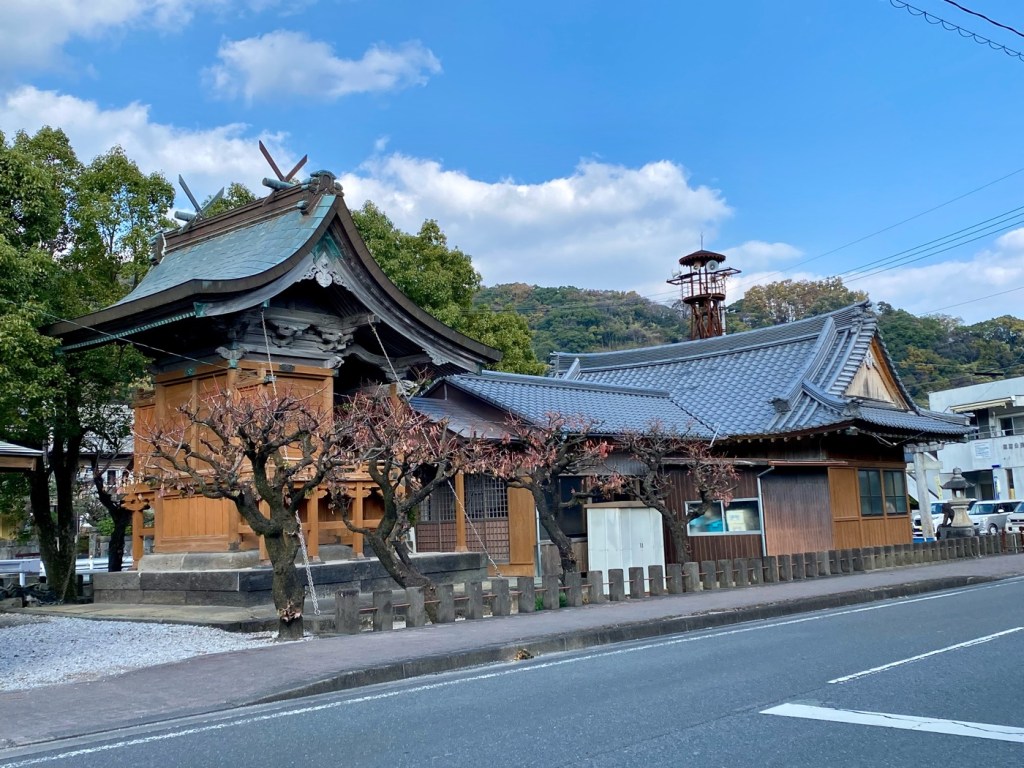
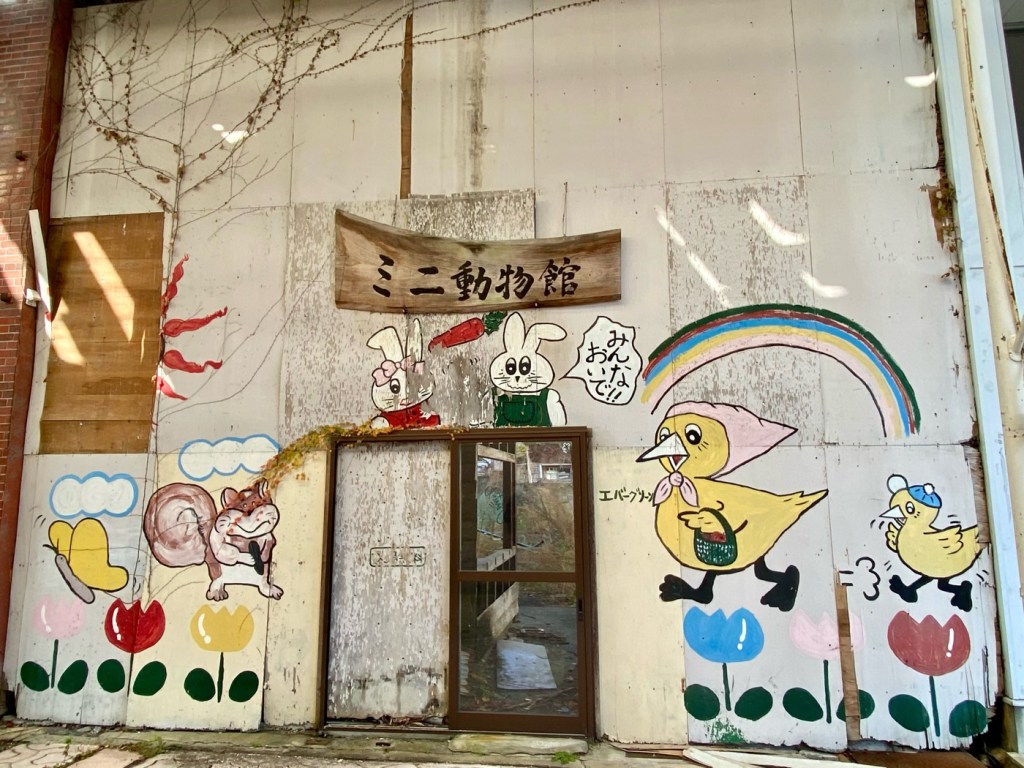
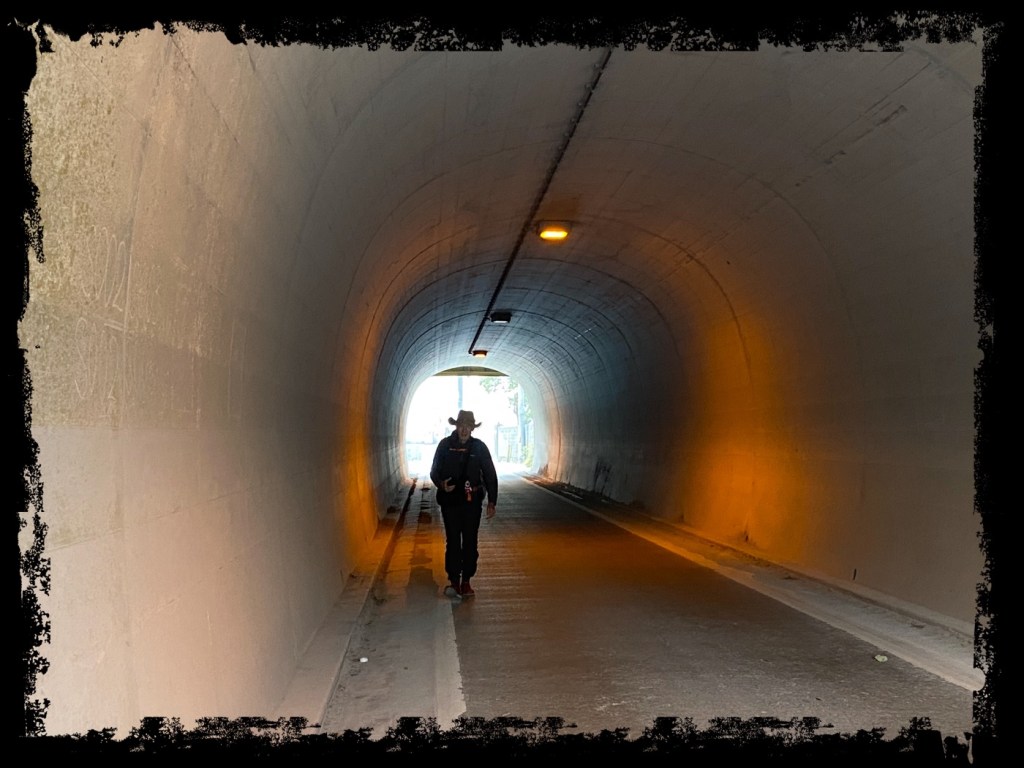
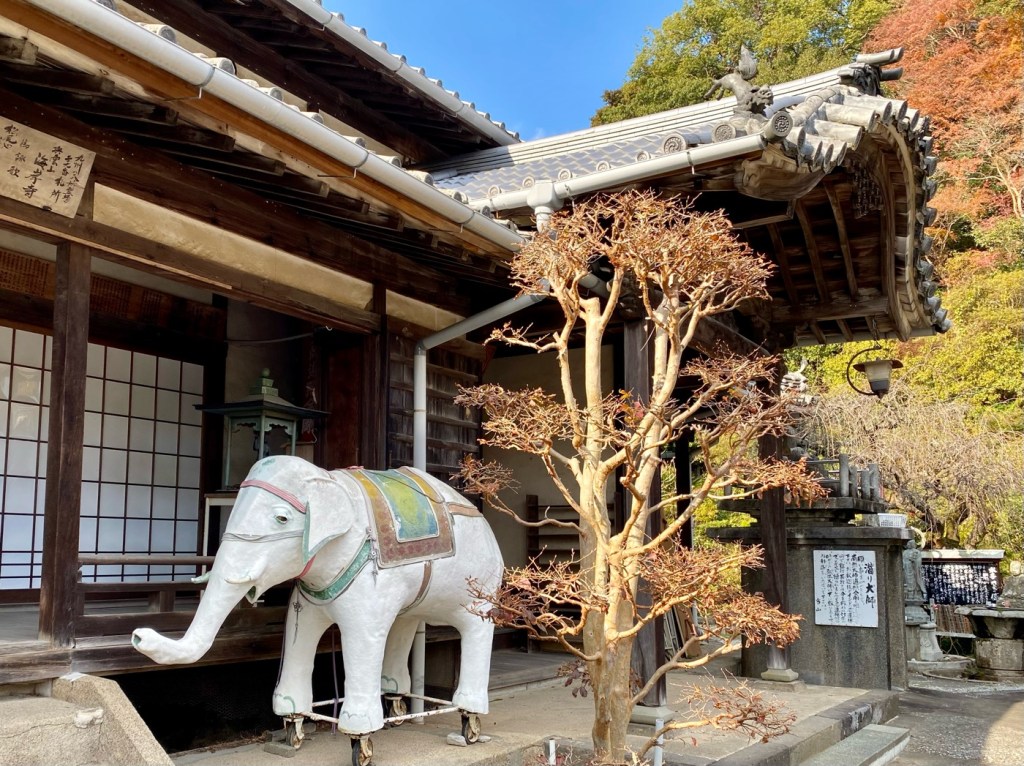

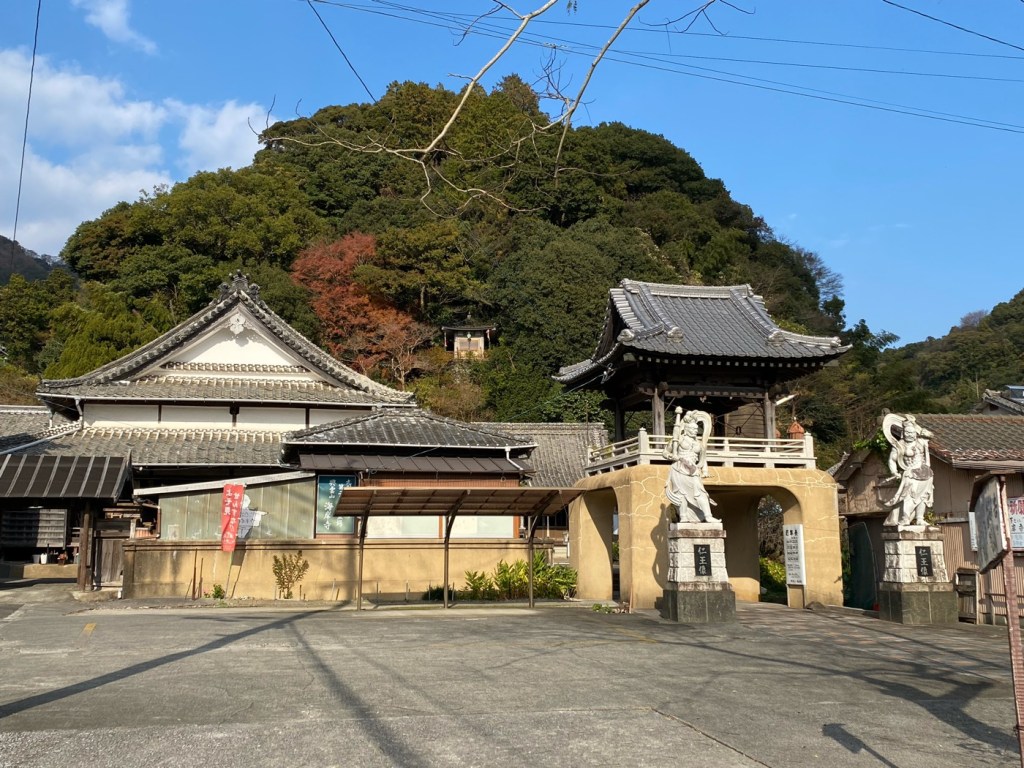
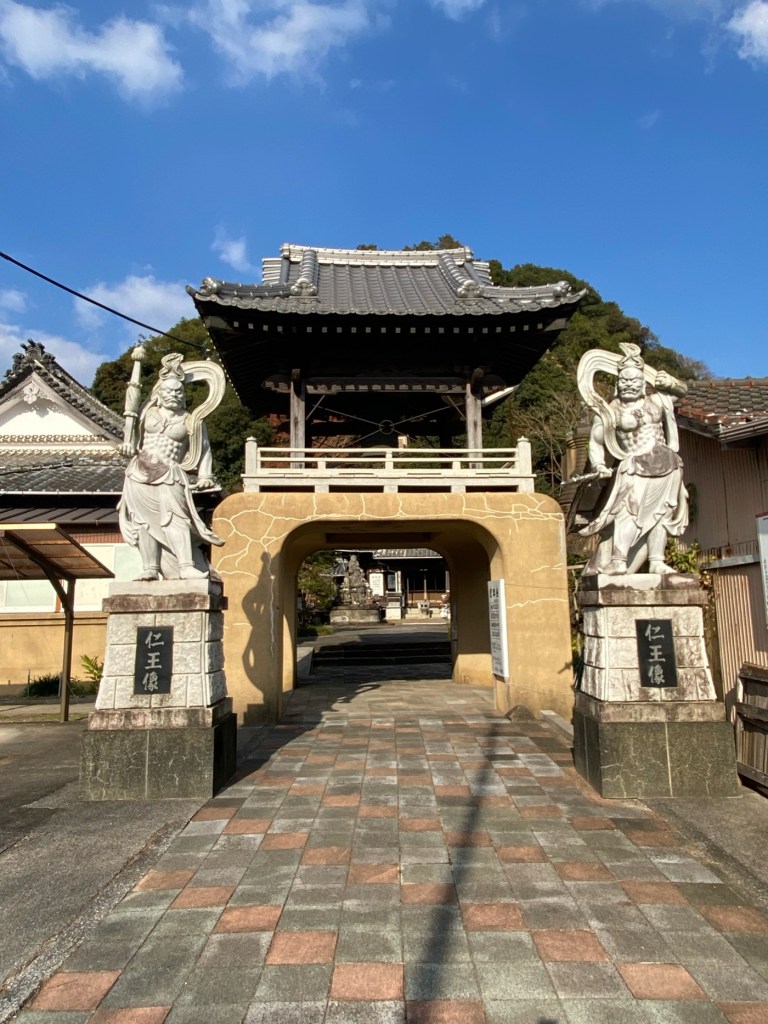
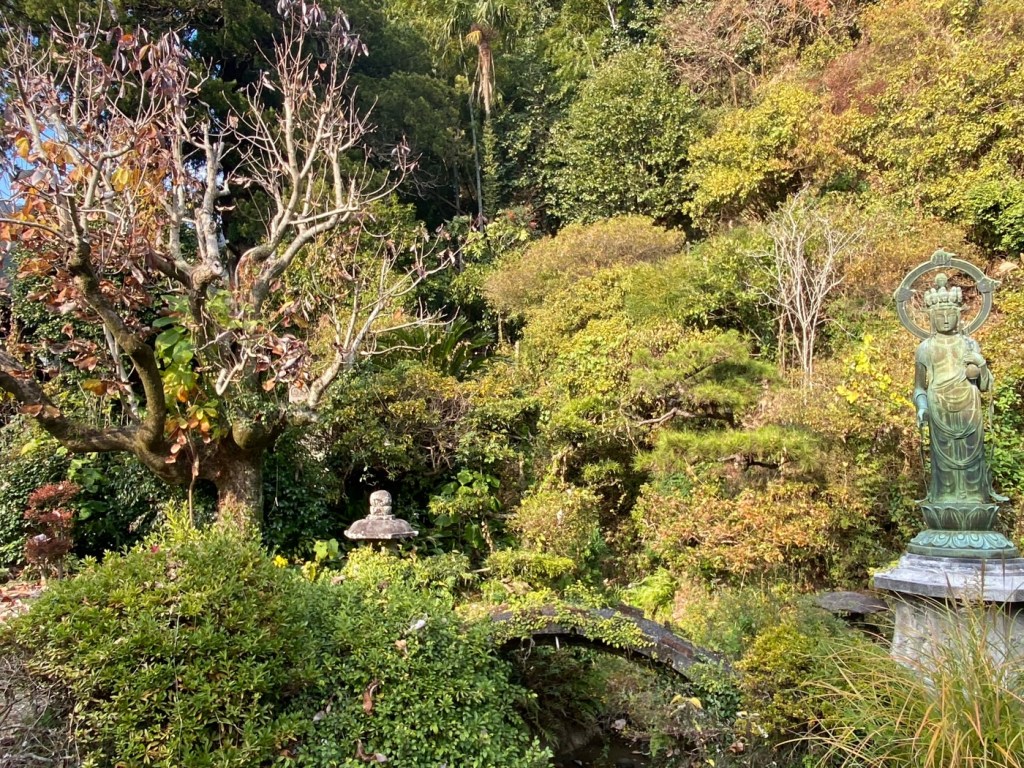

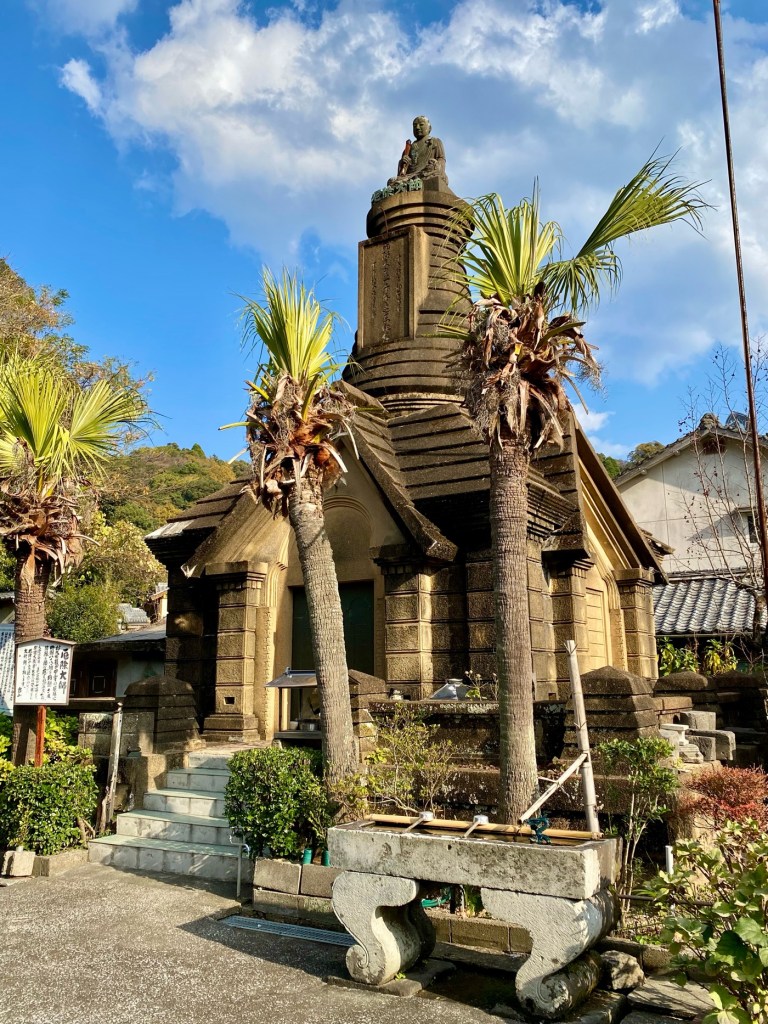
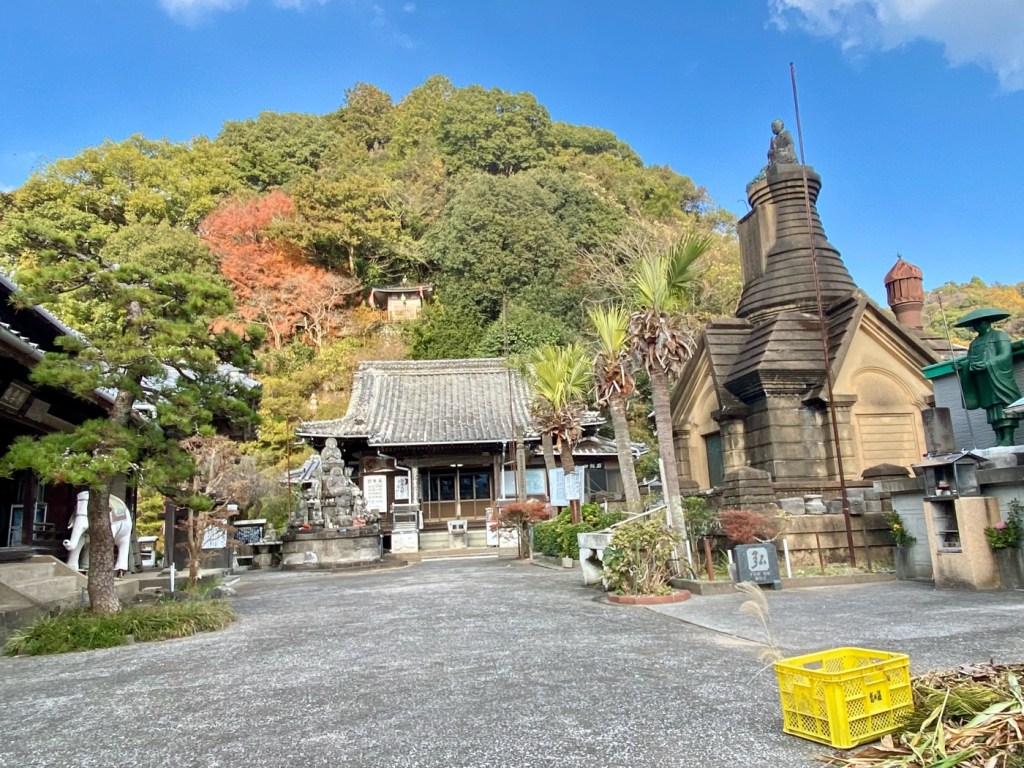
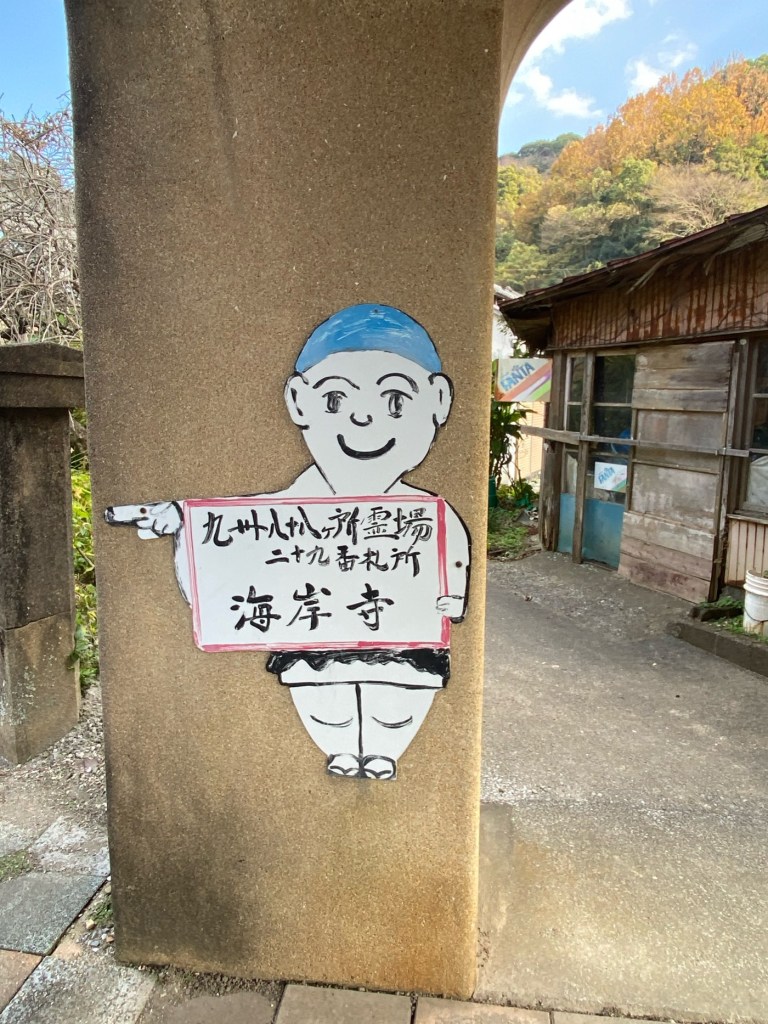
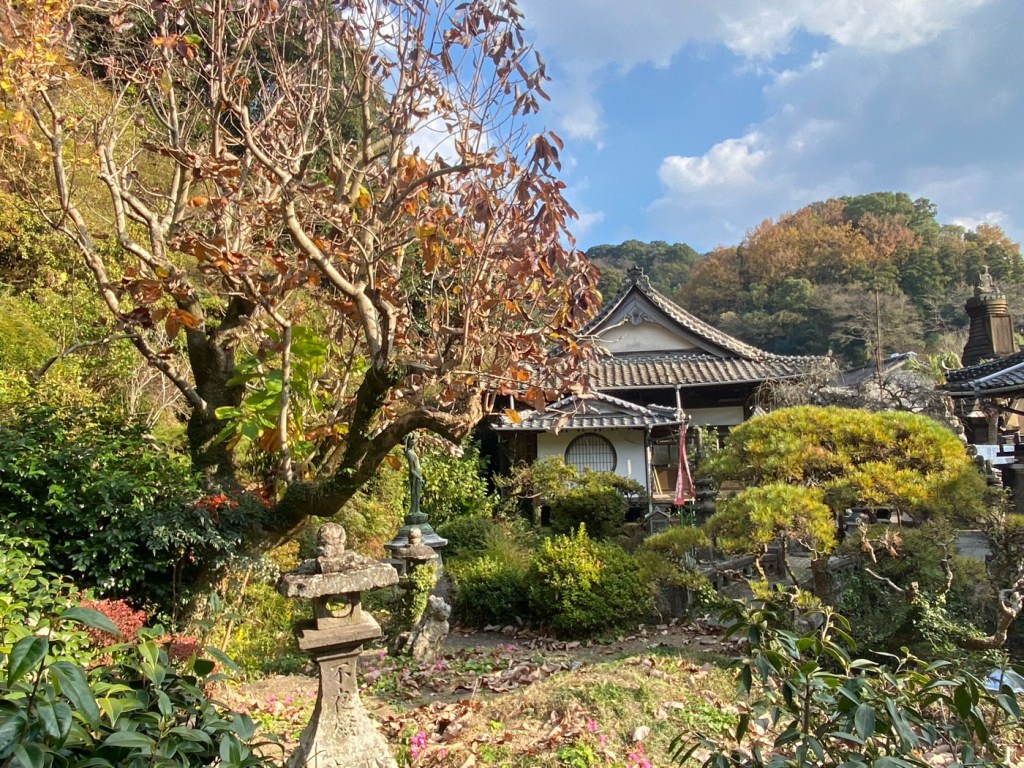
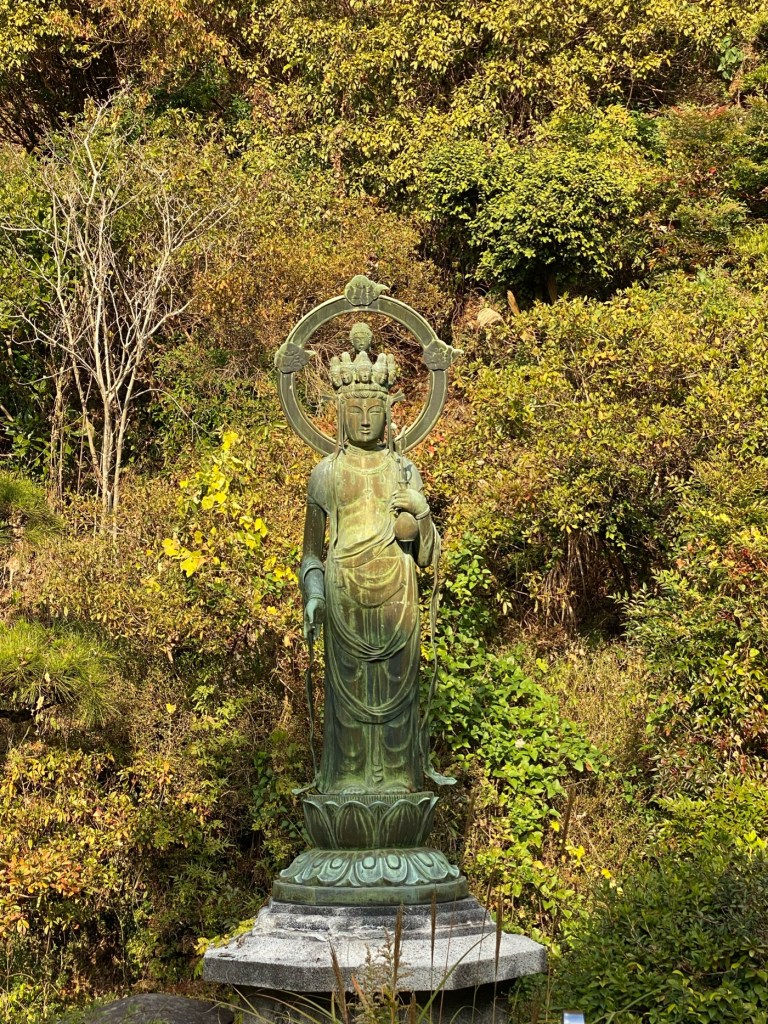

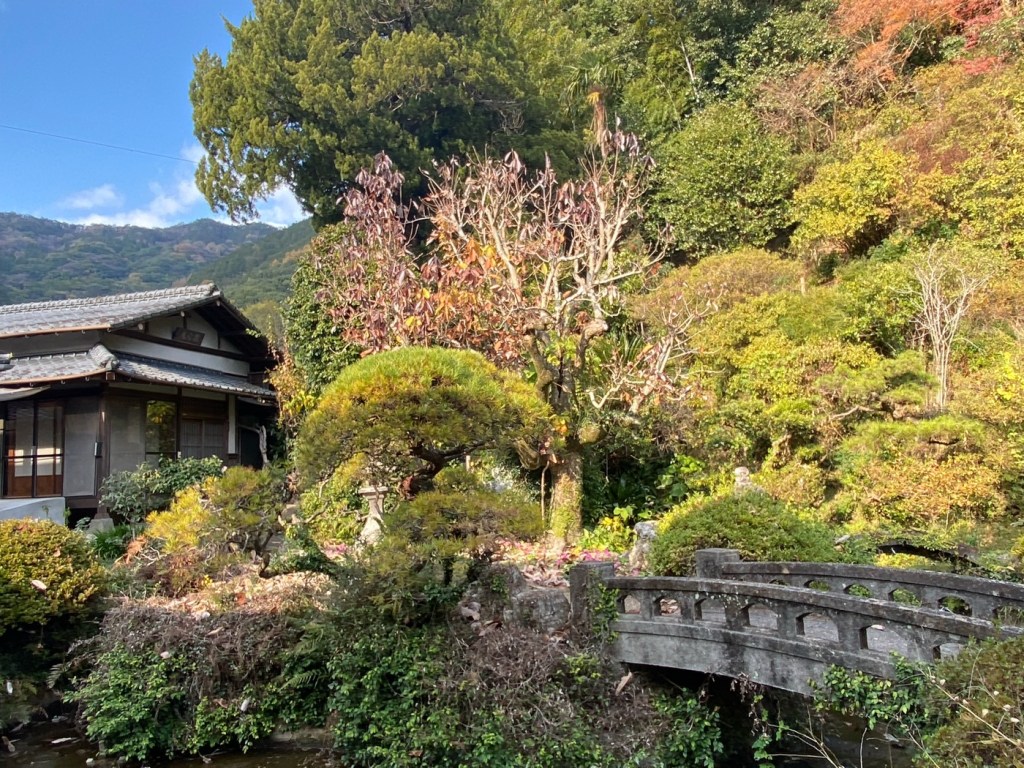
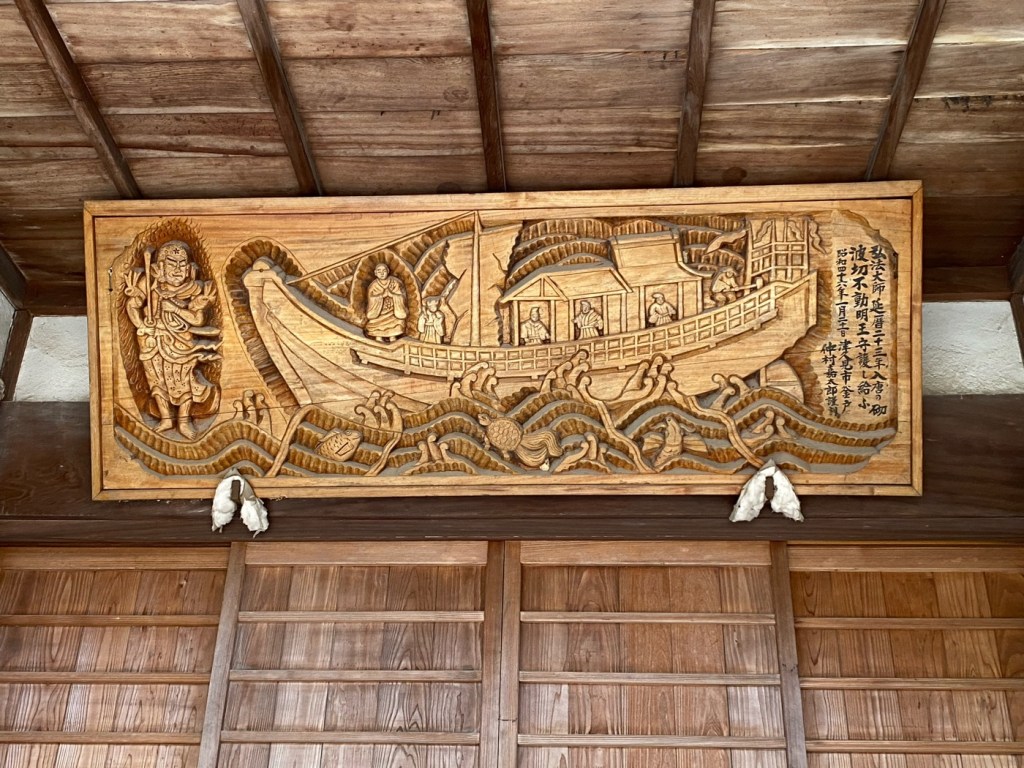
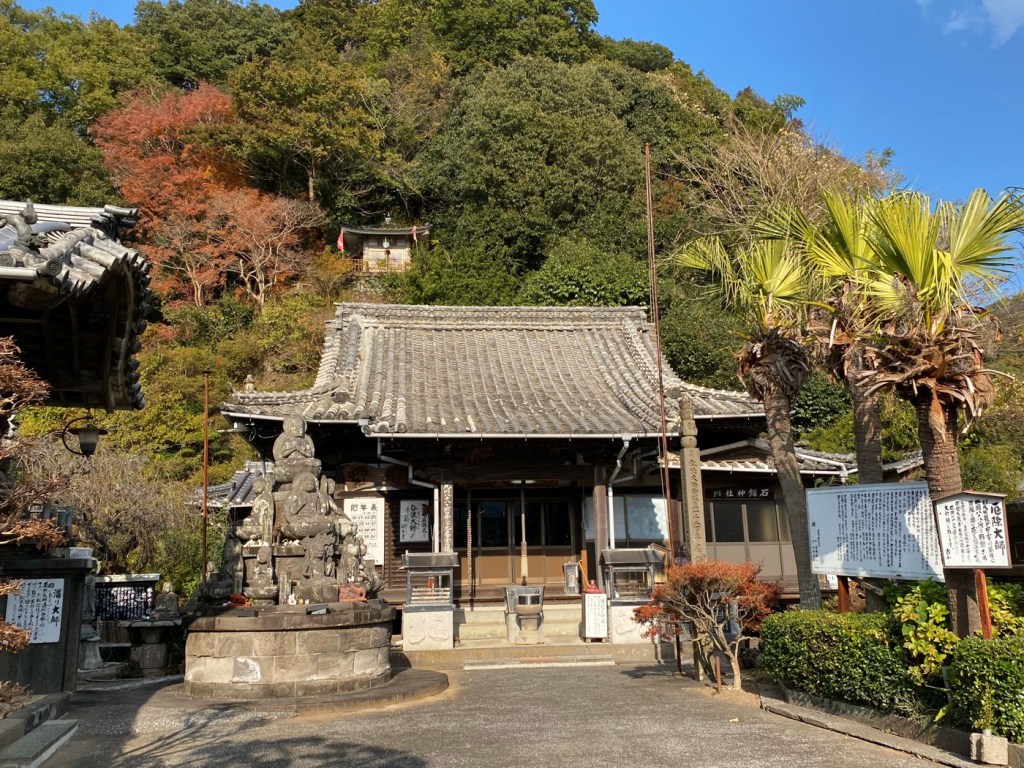

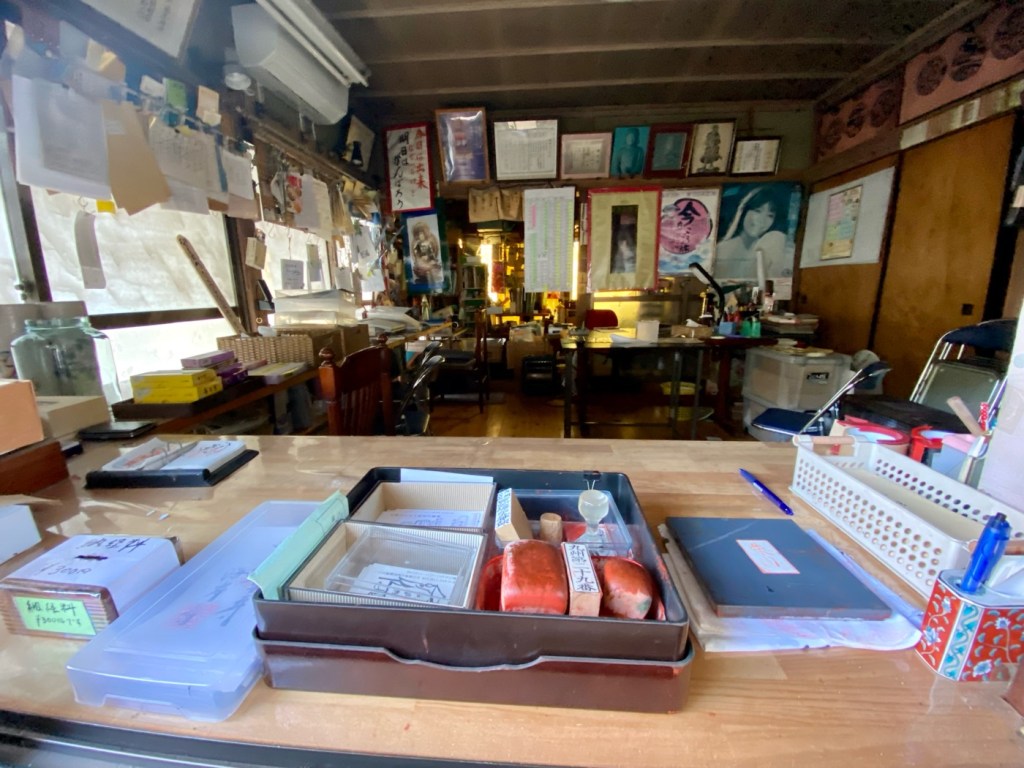
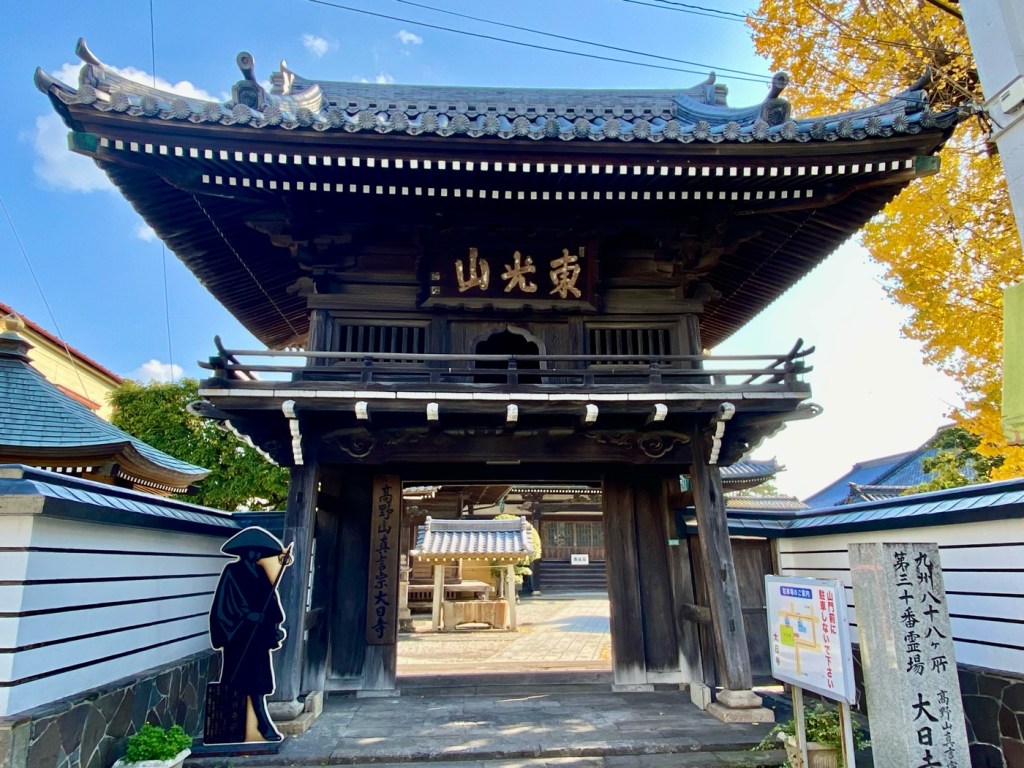
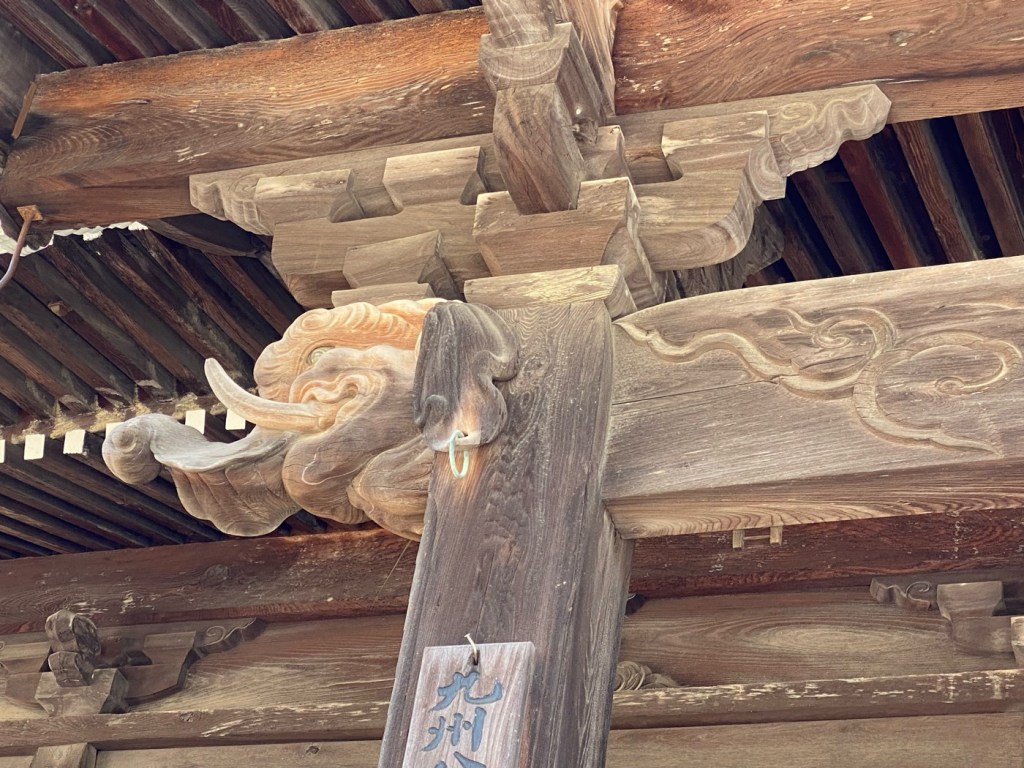
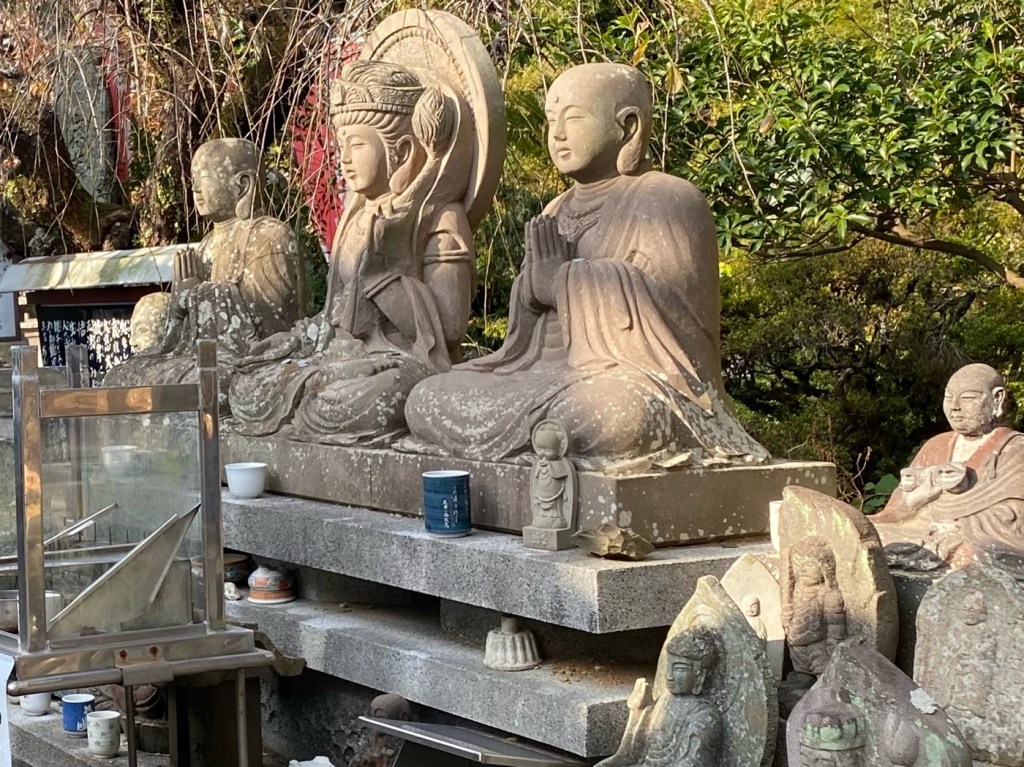
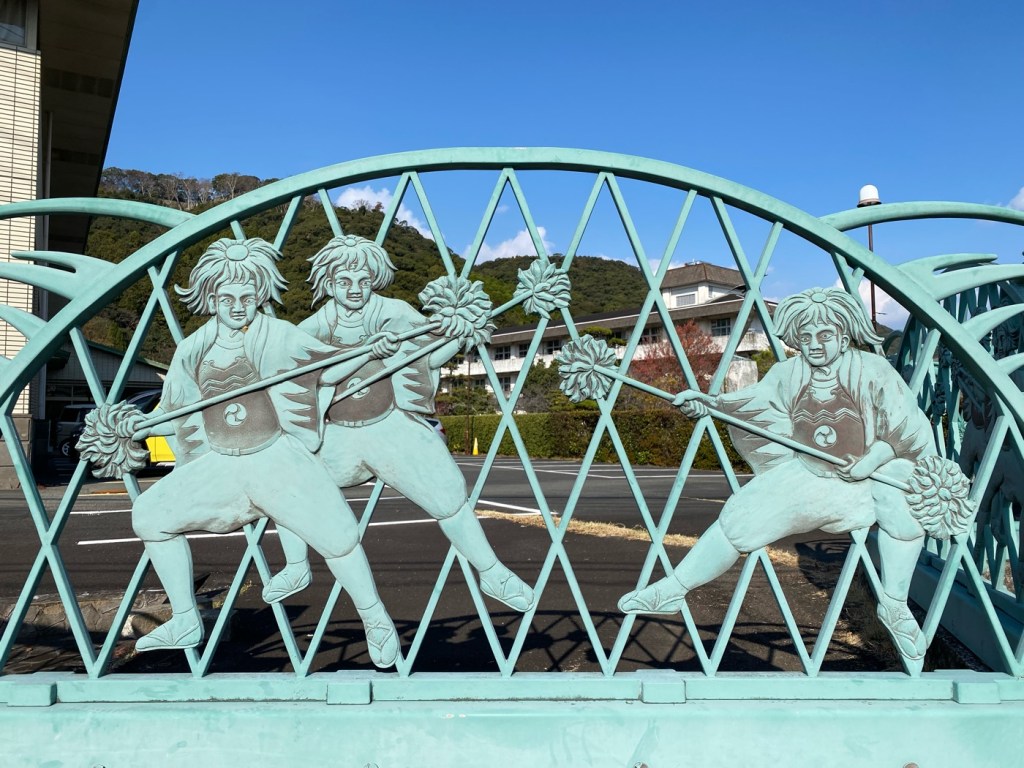
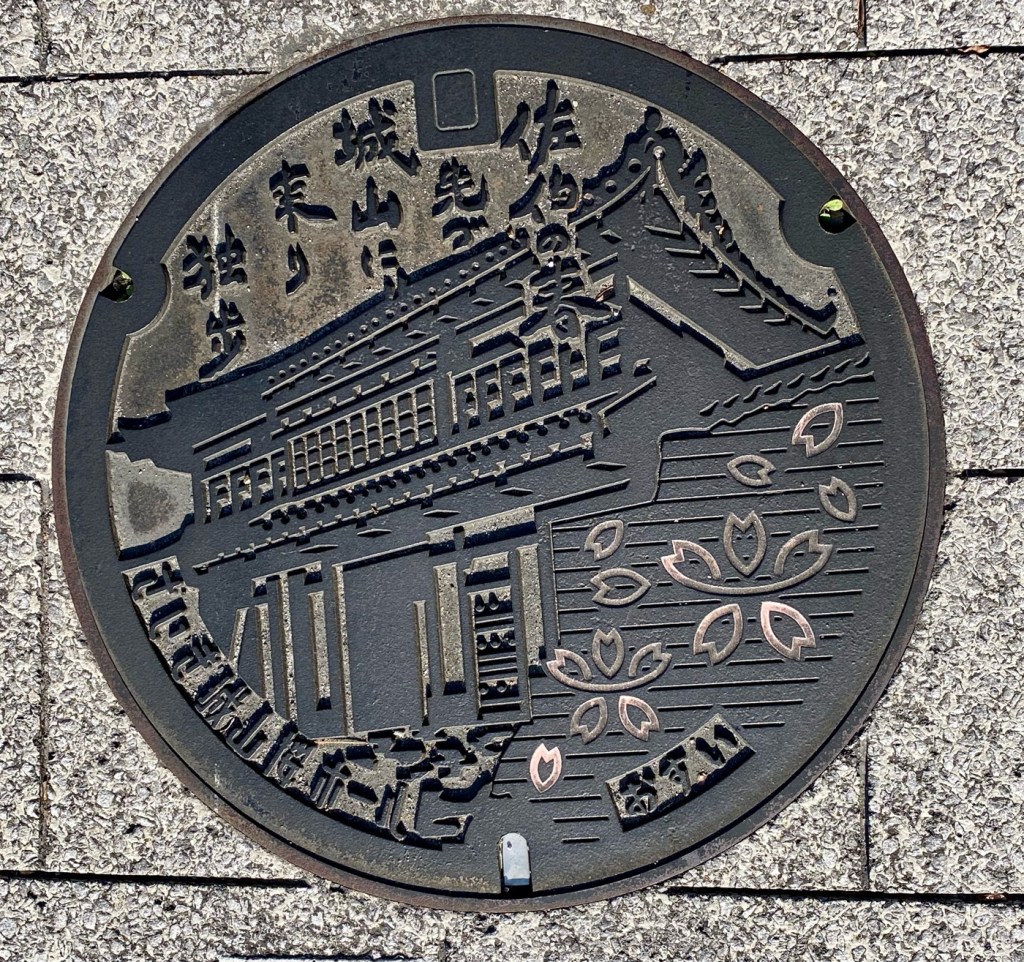
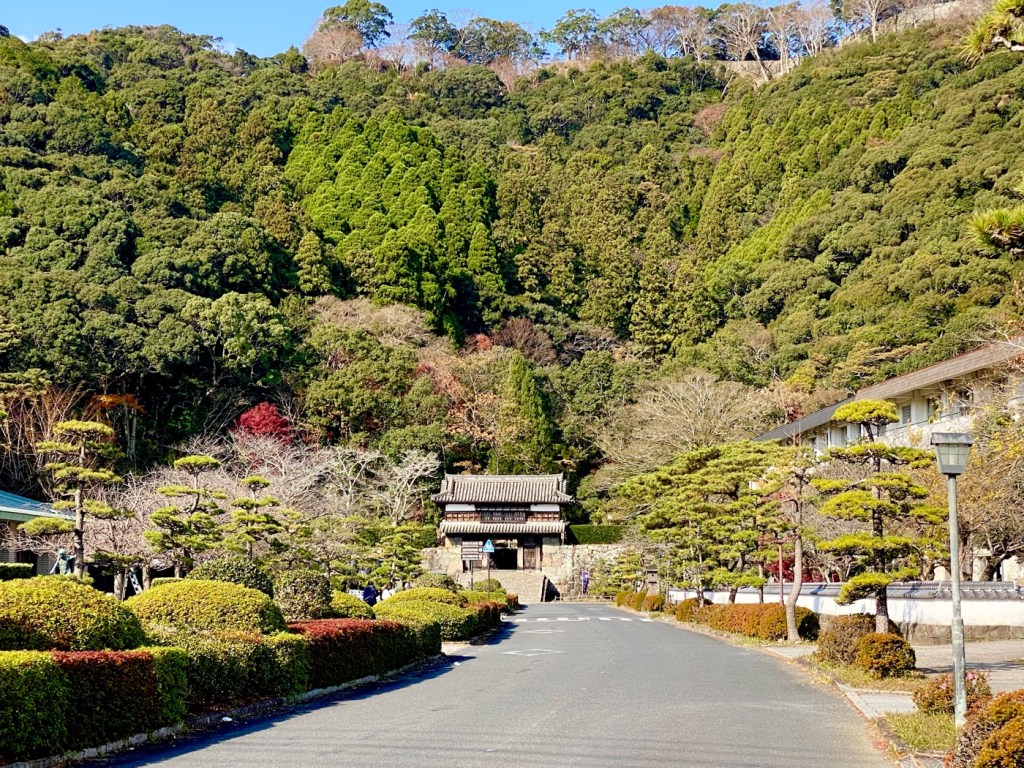
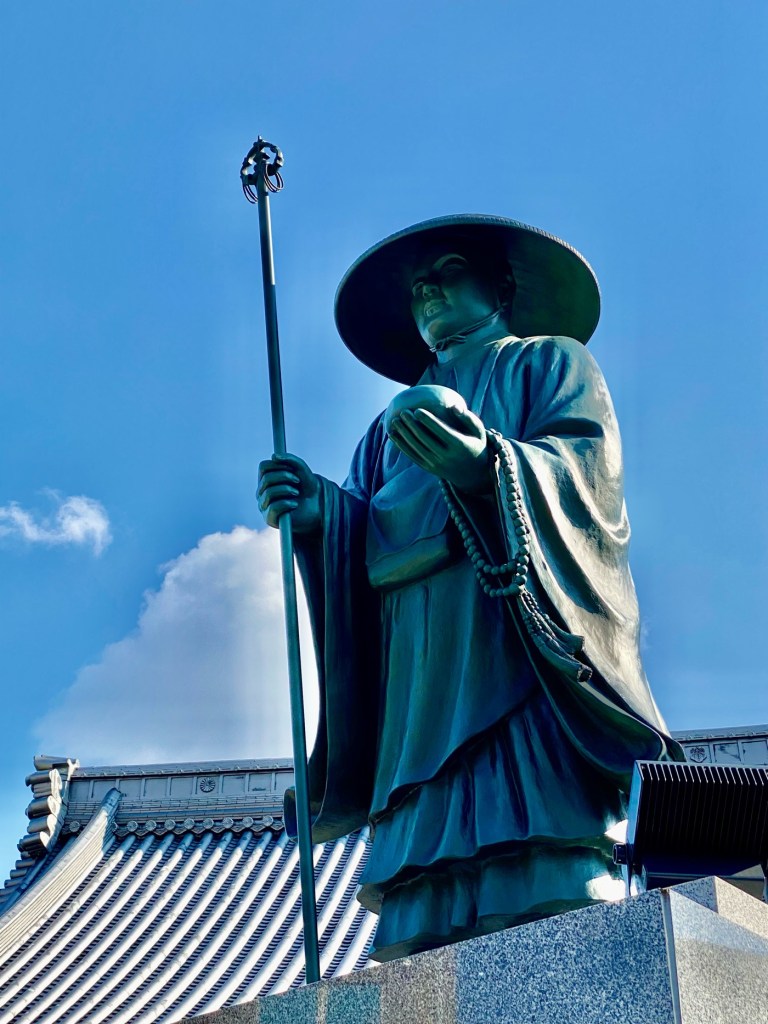
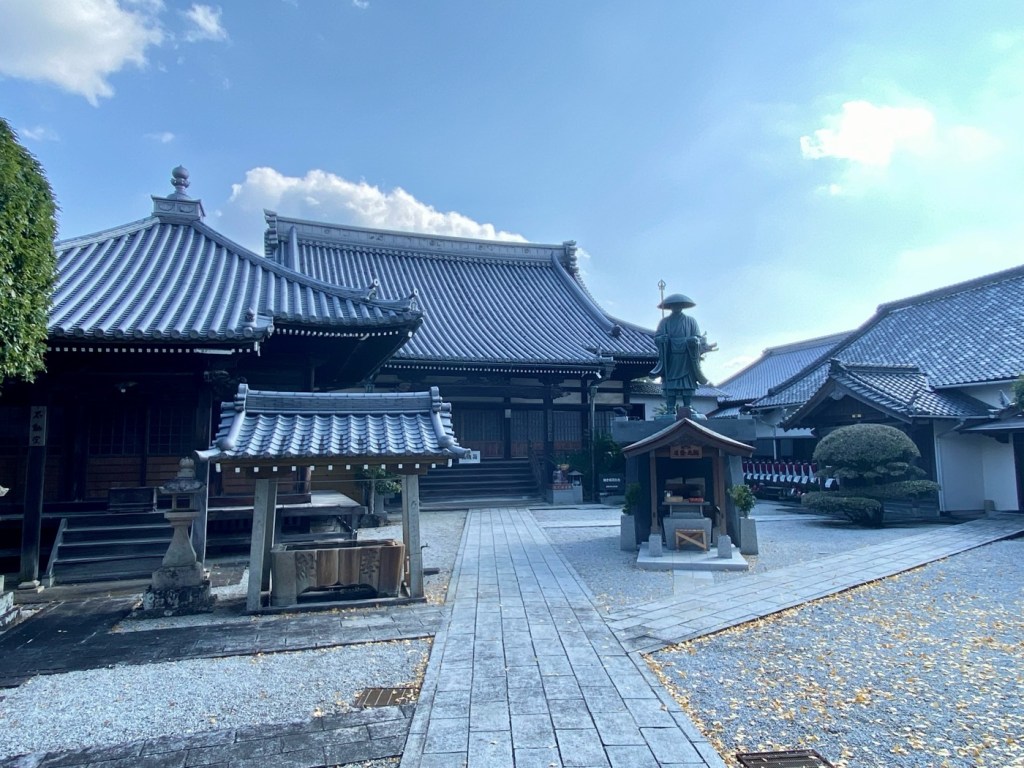
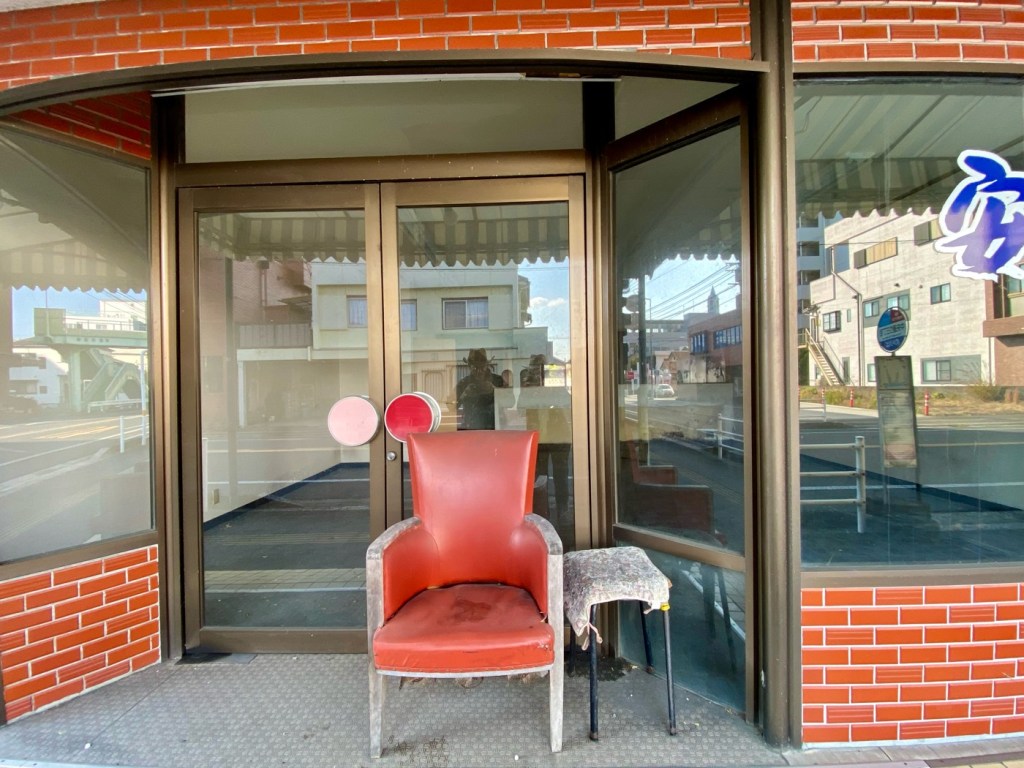
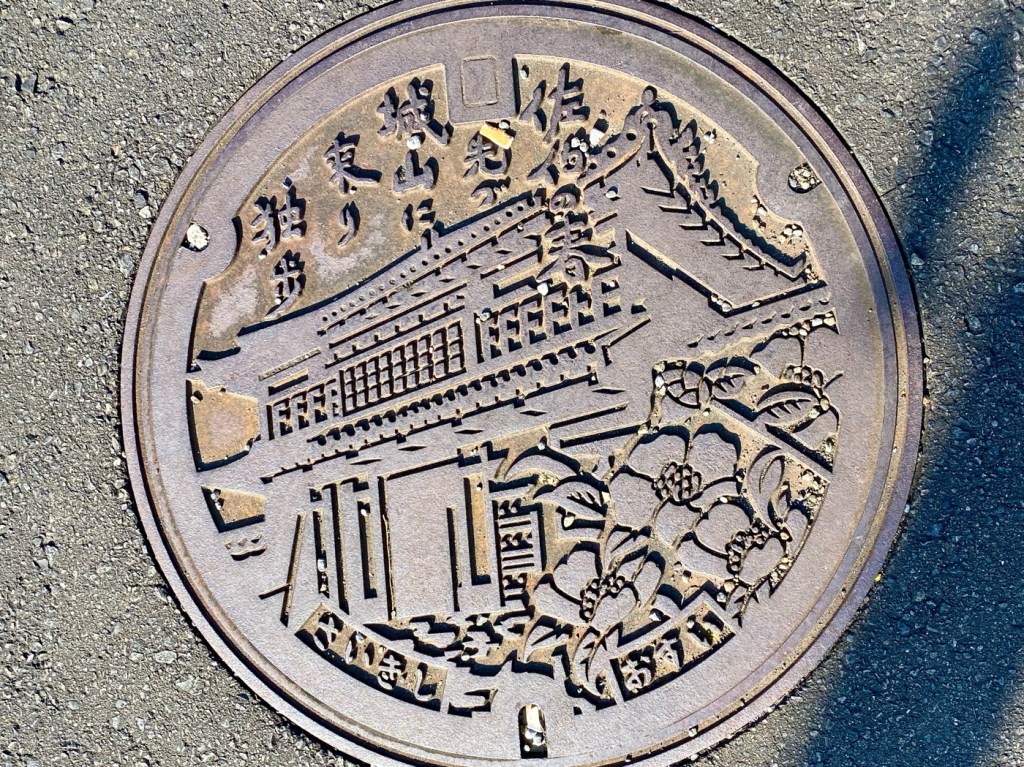
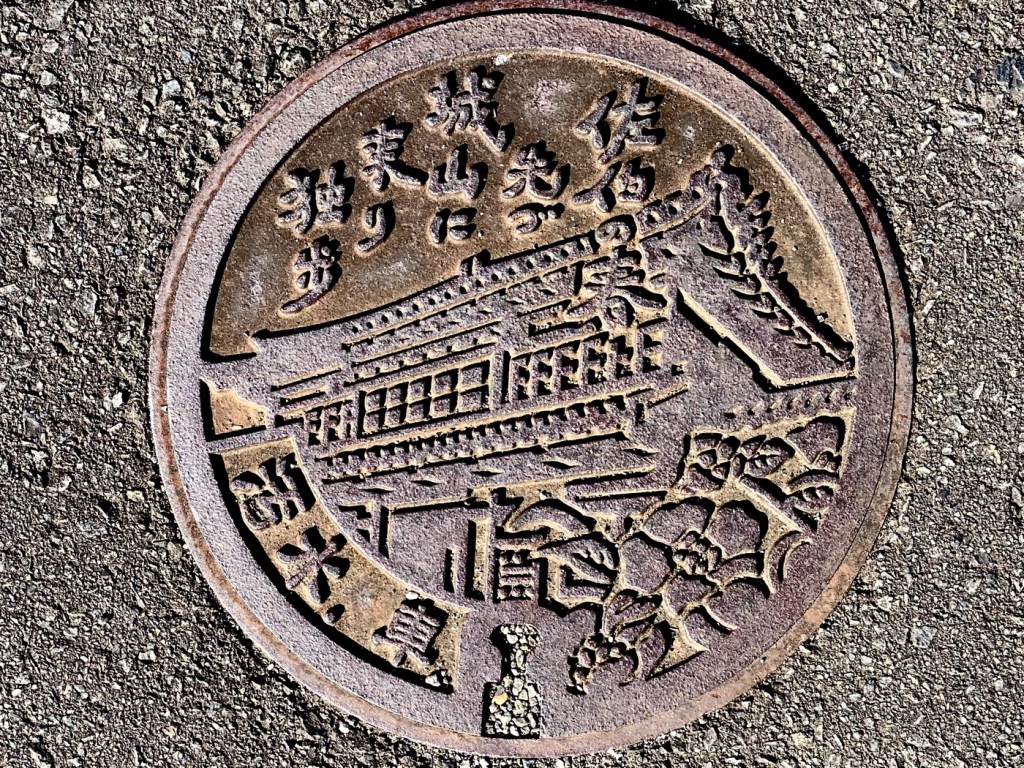
Day 70 - The Tsunami That Didn’t Happen and The Apocalyptic Cement Landscape of Tsukumi Town, The Kyushu 108 Temple Pilgrimage, Japan
Just a few days ago, I mentioned to Jules how interesting it was that although we have been visiting Japan for many years, spending at least three months here every year, we have never experienced any earthquakes or tsunamis, not even a slight tremor of the earth, in all the places we visited.
Japan sits in the middle of the ‘Ring Of Fire’, a zone in the Pacific that is more susceptible to earthquakes and volcanic activity than any other place on earth.
Many major disasters have devastated this land, yet we have not seen or been affected by any of them on any of our travels.
Jules mentioned that once, we did fly into Okinawa just as a major typhoon was approaching.
They were canceling all the flights, and our flight was the last one to enter the island that week.
We didn’t experience any damage or problems, except that for two days, the restaurants were closed, so we had to eat the fabulous food that the young owners of our guesthouse prepared for us.
Last night in Nobeoka, sirens were sounding at night, and our iPhones and watches were ringing with Tsunami warnings and evacuation notices of the coast and riverfront areas of Nobeoka city.
An earthquake with three tremors had just occurred in the Philippines, and the tide seemed to be rising in Nobeoka overnight.
In the early morning, Jules had already found the website detailing what parts of Japan might be affected, with yellow drawings showing the risk zones along the coast.
Breakfast was served at the inn, with no mention of evacuation, although the TV was showing the same map that Jules had shown me that morning.
After breakfast we checked out, thanked our hosts for the meals and hospitality and walked to the train station.
Everything looked normal.
The bookstore was open, the Starbucks was packed with people and the trains were running on schedule without any delays.
Do they do it often?…. I wondered, scaring the whole population of the city with all night sirens and street alerts, for so little risk…
Or… maybe my prayers to my Divine Intervention had worked, and my unseen Helpers had smoothed out the sea…
Why do I feel that it is too arrogant of me to believe that it was because of my prayers… and why is it so easy to believe that I don’t really matter, and that the connection between my prayers and the smooth sea is completely unrelated….
This is how we were trained to believe in our own littleness and how to ignore our powers.
We learned to overlook the signs and even the outcomes, and to accept them as unrelated.
We had two temples to visit today.
One is located in the town of Saiki, where we will stay for the next two nights, and the other is located in the town of Tsukumi.
Both are coastal towns with a port and much fishing.
We walked through Saiki town on the way to the temple.
There are castle ruins with a restored gate and a nice garden.
We saw some secondhand shops in the covered arcade, and a community of volunteers raising funds by selling a hot lunch for only ¥100 (0.75 cents).
At a Buddhist supply store, I bought some powdered incense made from sandalwood shavings.
I intend to use it as a room air freshener when we stay in musty inns.
The temple is located at the end of a city park, and there were musicians preparing for a street concert.
There was also a cute cafe and a small lunch place with an interesting lunch menu.
A man sitting bundled up in his small truck was selling roasted sweet potatoes, a winter seasonal treat.
We bought two big ones to eat later.
Temple #30, Mt. Tokozan Dainichi-ji, was founded in the year 1608, by Hidenori, who was a descendant of Motochika Chosogabe, the governor of the four lands.
The temple was founded as a prayer temple for military success, good harvests, and prosperity for all people, at the request of Takamasa Mori, the first lord of the Saiki (Saeki) Domain.
The temple was restored in 1832, and more halls were added.
Now in the precincts, there are the Goma-do Hall, Daishi-do Hall, Inari-do Hall, Bentendo Hall, Kannon-do Hall, and the house where the family who run the temple live.
We bowed before the statue of Kobo Daishi, which is about seven meters high, watching over the city and the worshippers.
The temple, which is located in the town of Saiki in Oita prefecture, is the place where the ‘Legend of Oita’ originated.
The legend says that over 200 years ago, there was a young and very beautiful princess named Kikuhime, who lived in the castle in town.
Everyone wanted to marry her.
However, one day, pimples began to appear on the princess's face.
The princess made a wish to Benzaiten, god of Dainichi-ji Temple, and kept praying wholeheartedly in the hall.
At the third hour of the ox, (known as the “witching hour," 2:00–2:30 am) a dazzling brilliant light shimmered in the dark hall of the temple, that was only lit by candles.
A giant snake jumped out from behind the statue of Benzaiten.
The next morning, Kikuhime, who had fainted when the light and the snake appeared last night, woke up.
Miraculously, Kikuhime’s beautiful face was clear again.
It is said that since then, women from all over who wished to be beautiful with the help of Benzaiten, started visiting the temple.
We walked back to the train station to take the train to Tsukumi Station.
In Tsukumi, we started walking along the coast and the port to get to the temple.
The air smelled of chemicals and was heavy with dust.
The seaside was full of factories.
The distant mountains were full of quarries with half of the mountain already gone.
When I say full of factories, I do not mean it lightly.
I have never seen so many factories in one place.
As we walked through the factories in what is called the Cement Machi - Cement Town, the white dust covered everything, and the sounds of rusty equipment were everywhere.
Of course there were no people walking on the streets, but a few dust covered men cycled through, their overalls covered in dust.
I found myself dusting off my hair and my coat, feeling that we shouldn’t be breathing in this dusty and foul smelling air.
Alongside the cement factories, there were oil factories and refineries.
The shrill sounds of the machines and the dust were apocalyptic.
I actually felt the sting of fear in my heart….
How can people live here…..how could they work here….
I wanted to run, in order to get away from this place as fast as I could.
I decided that I did not want to walk back through this terrible landscape at the end of the day.
I made an inner decision to look at the bus schedule after we finished visiting the temple.
I was feeling desperate.
In the distance, I saw two men fishing from the pier.
In front of them was one of the worst landscapes I have ever seen anywhere, and I am including some of the worst industrial places in China that I have cycled through.
The horizon was full of rusty monstrosities of factories, and the air was thick with smoke and pollution.
The ocean was murky, with the runoff from the factories that lined the shore.
Yet those fishermen were oblivious to the apocalyptic scenes before their eyes, and thought it a good idea to bait their fishing poles and drop them in the water in the hope of catching? and eating? whatever was able to survive in those dirty conditions…
Oh…Ay, Dios santo!
We arrived at Temple #29, Mt. Koun Kaigan Temple
(Kounzan, Kaikanji).
It is a quiet temple, with a very large Kobo Daishi Statue.
The temple has lots of interesting statues, and a Buddhist pagoda that looks a bit reminiscent of those in Southeast Asia.
There is also a nice garden with flowering trees and azaleas, which were not in bloom at this time of year.
The elaborate bell tower and the gate were beautiful.
The temple was founded in 1789 (the first year of the Kansei era).
It was a prayer temple of the Usuki clan, and the lord of the domain and his family, especially his wife, used to come here to pray.
In the precincts, there is a monument to Tadataka Ino, who was the first man who made an accurate map of Japan and its islands.
The temple was open and we strolled around, but nobody was there to greet us.
We found the window of the office open, and stamped the red seals ourselves in our book and scroll.
I looked at the bus schedule and at my watch.
We had four minutes to get to the bus stop and catch the last bus.
The next bus will come in three hours, or we will have to walk back through the dusty, apocalyptic factories.
We had four minutes to get to the bus stop, which was very unlikely, as the bus stop was just short of a kilometer away.
We rapidly wrapped the book in a plastic bag and grabbed the scroll in our hand, and we run to the bus.
I had no hope of getting to the bus on time.
Jules was more optimistic.
He told me to run, and not to lose hope, because the bus could be delayed or late by Divine Intervention.
We ran like the wind, like two kids who had something to gain….
And… we made it!
We arrived at the bus stop one minute late, just as the bus, which was also one minute late, arrived at the stop.
We waved for it to stop and it did.
We got to the train station two minutes before the return train to Saiki departed.
We claimed our backpacks from the Saiki train station lockers and walked to our hotel.
It was dark and cold outside, but at least the air smelled much better.
Our hotel is nice.
There is no hot spring bath, but we did get a lovely and clean Japanese tatami room, which is spacious and has good cushy futons on the floor.
We also had our own toilet, unlike our last guesthouse in Nobeoka, where we had to use the shared toilet outside the room.
We ate a simple dinner at our hotel.
It wasn’t great, so we decided that tomorrow we would either go out to eat in town, or come prepared to eat a dinner of fruit or something we will bring with us.
We did our laundry and made hot tea.
Before falling asleep, I thought about the day and wondered why I felt fear while walking through those factories….
I am not a child believing that factories are like Willy Wonka and the chocolate factory.
I know that to produce oil and to refine it, or to produce cement, you need heavy equipment and that the process is made in big factories, so why was I so appalled by it?
I think that my reaction was because of the density of the factories.
There were dozens of them in such a small town.
The combined sounds of the many factories created a very unpleasant sound, like something between shrill screaming, screeching and scratching.
The air was so polluted with so many different kinds of smoke emitted from the chimneys, and the dust covered every tree and building along the way.
My eyes were watering from the dust particles.
Then there was the feeling of desperation that I felt for the many thousands of people working in those factories.
We passed by some employee housing, that looked like prison cells.
My brothers and sisters live and work there, breathing this horrible air and hearing these unpleasant sounds all day, every day.
Do those horrible living and working conditions befit a Child Of God?
We are divine beings, beings of Light, beings of Love and tenderness, and being exposed to such disharmony can only lead to sickness and desperation.
On the train back, I saw some working men wearing blue overalls.
Their shoes had so many holes, and their clothes were permanently dirty, torn and stained.
Their faces were those of men who were resigned to living in harsh realities.
Perhaps they were conditioned to believe in scarcity and limited opportunities from birth…
They seemed disconnected from reality, as if it were a defense mechanism, to help them deal with the unbearable conditions they have to endure and accept.
My heart went out to them and I said an inner prayer for their wellbeing ….
Sending you light and love,
Tali
Stats: 18,572 steps
Today’s walk: 13 km
Kilometers walked to date: 1184.5 km
Temples visited:
Temple #30 Mt. Toko Dainichi in Saiki (Tokozan Dainichiji)
Temple #29 Mt. Koun Kaigan in Tsukumi (Kounzan Kaikanji)